“Cultural heritage is a set of resources inherited from the past that people identify, regardless of the property ownership regime, as a reflection and expression of their constantly evolving values, beliefs, knowledge and traditions. It includes all aspects of the environment resulting from the interaction between people and places, through time”.
Council of Europe (2005) Convention of Faro, Article 2
What does it mean when invoking, verbalizing or writing, the concept of Cultural Heritage?
In the light of the democratically produced national law, cultural heritage will be “all goods that, being witnesses with the value of civilization or culture, and bearers of relevant cultural interest, should be the object of special protection and valuation”.
Based on the above mentioned premise, present in Article 1 of the Basic Law on Cultural Heritage, a whole series of Articles is developed through which the main lines of the policy that should govern the legislation in the referred area are defined.
Thus, and over the years, following the developments in terms of Heritage, legislation was produced in order to embody the bases of the policy and regime for the protection and enhancement of Cultural Heritage in Portugal, as well as establishing the right and duty of all citizens to preserve, defend and enhance the Cultural Heritage.
An element considered as Immovable Cultural Heritage can be classified, in terms of scope, in the categories of Monument, Ensemble, or Site and, in terms of the degree of interest, as National Interest, Public Interest or Municipal Interest.
We are, therefore, endowed with a robust law, whose existence guides both the inventory and its subsequent and possible classification… but what to think and how to act in cases where a concept (Cultural Heritage) does not correspond to an effective existence of elements that do we judge and take it for granted?
When does a community identify itself with certain built elements that do not fit the strict parameters of Monument, Complex or Site?
The answer to the above question includes examples of collision between public opinion and the political power that legislates, enabling the demolition of any architectural element with which a relationship of identity has been established between it and the population.
“For recognizable heritage to exist, it is necessary that it can be generated, that a society sees itself as a mirror, that considers its places, objects, monuments, intelligible reflections of its history and culture”.
JEUDY, Henri-Pierre. Mirror of Cities
What does it mean that people coming from my exhibition Da Minha Janela do you still see the Algarve?, still on display at the Portimão Museum, refer to the elements represented in it – chimneys, platbands, windows, doors, houses – as cultural/architectural heritage ?
Accustomed that in this region, Heritage gradually disappears over decades, occurring either within a large city or in an isolated case in the rural environment, currently faced with a greater sensitivity of people towards the issue of Heritage, towards the issue of recognition/identification of oneself in the elements that are still tangible and built in an architecture that is named and contained in the term Popular, I think about Architectural Heritage, its appropriation, its meaning and its uses.
I open the page of the Inventory of Architectural Heritage (IPA) whose existence began in the nineties of the last century by the extinct Directorate-General for National Buildings and Monuments (DGEMN), and today – since 01 July 2015 – integrated in the Directorate- General of Cultural Heritage (DGPC).
As objectives that govern the existence of the IPA, I extract from that page:
“a) to improve the quality of performance and action of the various agents in the areas of safeguarding and valuing cultural and environmental heritage, as well as qualification and urban rehabilitation;
b) to increase collective and individual awareness of the quality of the built environment and the importance of safeguarding this heritage given its potential functional, economic-financial, artistic and cultural, scientific and technological, historical and documentary, and/or symbolic and identity value ;
c) foster scientific and technical research in disciplines such as Architecture, Urbanism, Engineering, Conservation, etc;
d) encourage the use of these contents as an educational resource and a source of cultural enjoyment”.
Opening the SEARCH HERITAGE side tab, we are faced with the possibility of choosing Algarve in the Region field and thus carrying out a cross-sectional search for the entire region, showing 1123 items listed in alphabetical order.
Having browsed the 20 pages where the 1123 elements are found, I realize that, in this long list, the Architectural Heritage corresponds, roughly, to an ancient and rooted vision about it, that is, an archaeological, erudite, military Heritage, religious, monumental, centuries-old and also a Heritage linked to welfare architecture, to affordable housing districts, but also to architectural pieces from the offices of renowned architects.
In fact, there is no correspondence between what exists in the Inventory of Architectural Heritage and the elements represented in photography in the aforementioned exhibition.
Not being inventoried, much less classified, their existence, study and disclosure being referred to the unmentioned, therefore, to a non-existence.
Despite the appropriation of such elements as Heritage by the population, they do not enjoy legal recognition as such, allowing and allowing for their alteration or destruction.
For the more than 50 contemporary affordable housing districts listed; for the more than 140 elements linked to religious building; for the 11 buildings from which regional and local political and administrative power emanates, known as Municipal Councils; for nearly twenty military castles and forts, their walls, turrets and fences; for a countless number of XNUMXth, XNUMXth, XNUMXth, and XNUMXth century houses and even countless noble, palatial, essentially urban, wealthy and bourgeois houses: for a good record of modernist architecture elements linked to Art Deco and Art Nouveau… there are less than the five fingers of a hand as testimonies of popular architecture, common houses, ground floor...
From the numbers written above, unhurried conclusions may emerge, but what can we say by transposing them to another filter than the one on the Architectural Heritage Inventory, but on the website of the Directorate-General for Cultural Heritage where only classified heritage or in the process of classification appear?
Among the various parameters established for the classification of Real Estate, whose existence confers some importance and theoretically some protection and effort in preserving it, not a single tangible testimony of popular architecture, of common, single-storey houses, is represented.
The only possibility of having a witness with the aforementioned references is only possible when it is included in the Special Protection Zone (ZEP) area of any element already classified, which generally goes up to 50 meters from of its outer limits.
In other words: a house that is unique in its singularity and representative of popular architecture, of common, ground-floor houses, built between the end of the 50th century and the first half of the XNUMXth century, as it is within the XNUMX meter range, by example of a classified Church, it is “protected” not per se, but because it enjoys the proximity of a classified element.
What to do in the Algarve region, whose clash with modernity, -especially the seminal voices that warned of the loss - forever transformed its physiognomy, making it impossible to classify examples of popular architecture, common, single-storey houses produced among the the end of the XNUMXth century and the first half of the XNUMXth century, in whose volume are elements of a façade architecture?
It is not possible nowadays, to walk along a street that has been preserved in the face of the development started in the seventies, which somehow represents a common street in the Region in these and previous decades, marked by the presence of various elements, namely the profuse existence of platband, chimney, stonework, presence of color on the façade… or even when the platband had not been adopted in municipal regulations legislating its mandatory nature…
A series of tangible and pulsating testimonies survive in a residual form, scattered throughout the territory, whether in an urban context (sometimes supported and surrounded by reinforced cement) or isolated in rural areas.
On the one hand, decontextualized from the area in which they are located because, however, the whole environment that involves them has changed, on the other – and I am writing now only about a façade architecture – managing to maintain through its existence an ostensible affirmation of pride towards the other.
If in the past, housing, through its façade, was an affirmation of “I can”, today this same affirmation appears as a legacy that matters to preserve and maintain, as an identity element in its uniqueness.
History has been made for some time about the common and anonymous Man, but he is still obliged to have a Monumental vision of History in which the testimonies of the same are the church, the castle and the palatial house.
It is therefore urgent – given the democratic desire that governs us – to demand a Human Heritage in its regional representation, whose existence is indelible, but only as long as its owners so decide, otherwise there is nothing to prevent the Camartel from knocking on the door.
…aware of the numbers that govern our lives; the chronic difficulties that are always present from the lack of funding, the lack of means, the lack of personnel; the ruin that dominates much of the Classified Cultural Heritage; the necessary sale of Classified Heritage to entities and private interests that make them profitable; of the inertia and lack of sensitivity in the democratic institutions created to work in the aforementioned areas, of the need to transmute Cultural Heritage into the mouth of the stage of theater plays, on the concert stage, on a projection screen, on communal meal tables; in turning the enjoyment of Heritage into a set of consumptions … I cannot help but ask:
– What does it mean when invoking, writing, Cultural Heritage?
"It's in the people, in their spontaneity, in their authenticity, more than in any other class, that we can find the elements of culture that defines itself better and not in the sophisticated society of letters."
Viegas Warrior, 1983
Text and photos: Filipe da Palma
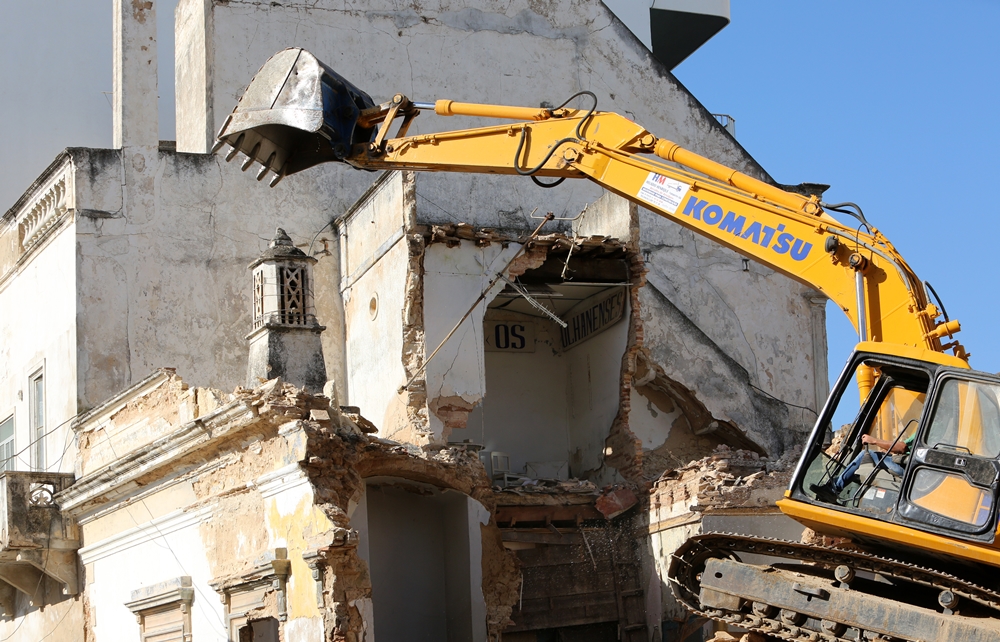
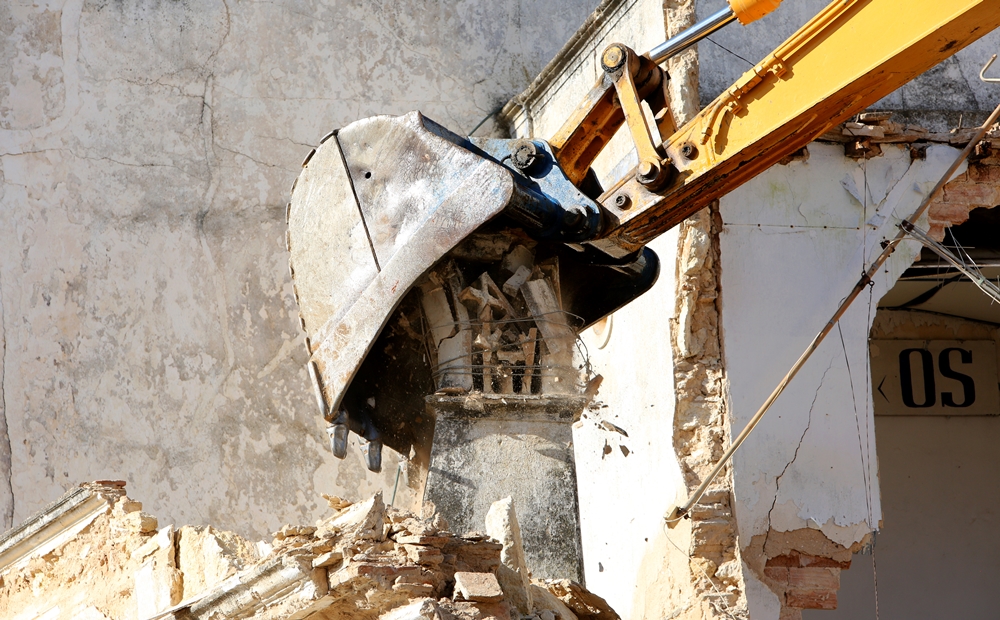
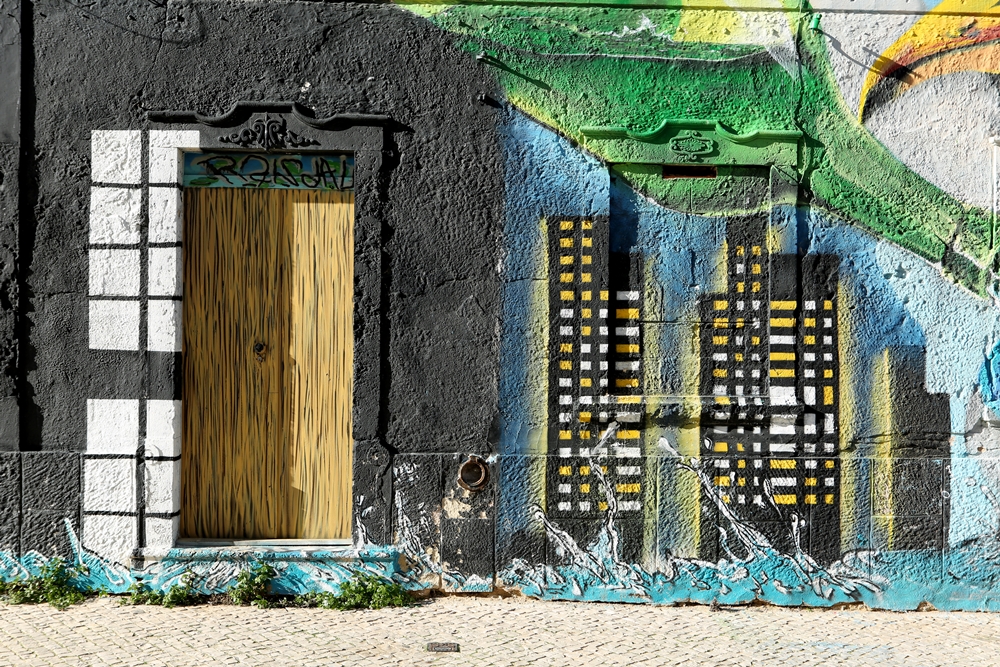
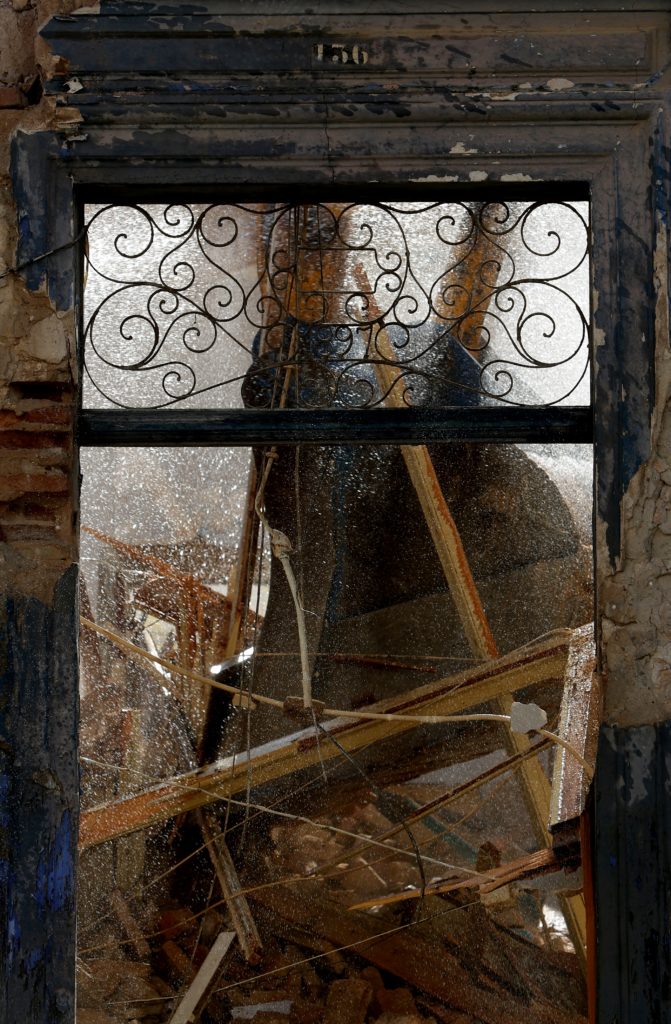
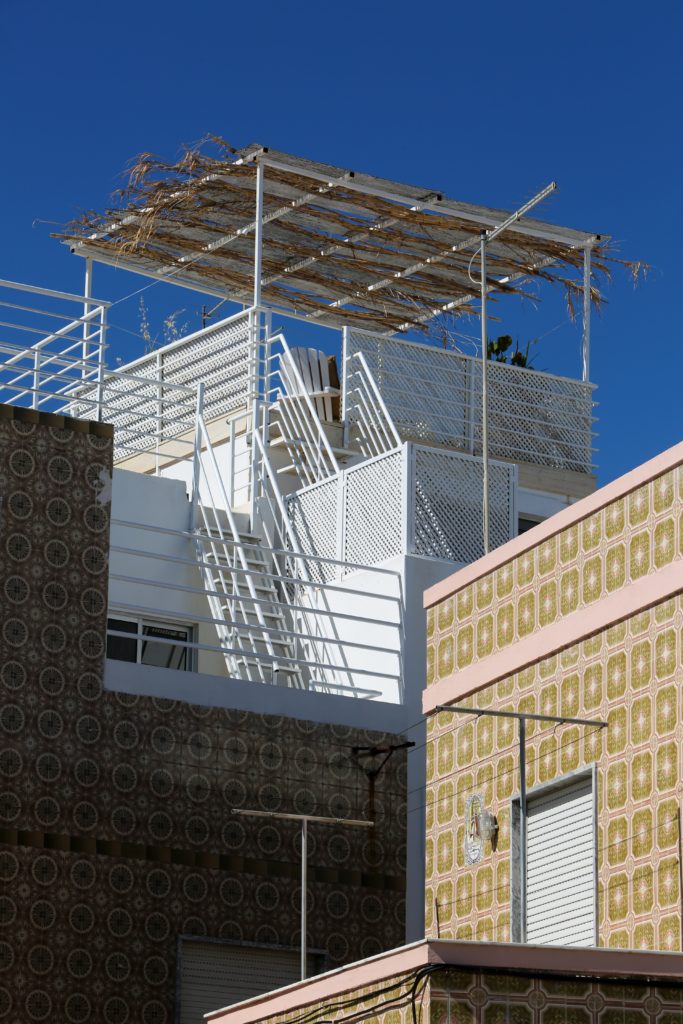
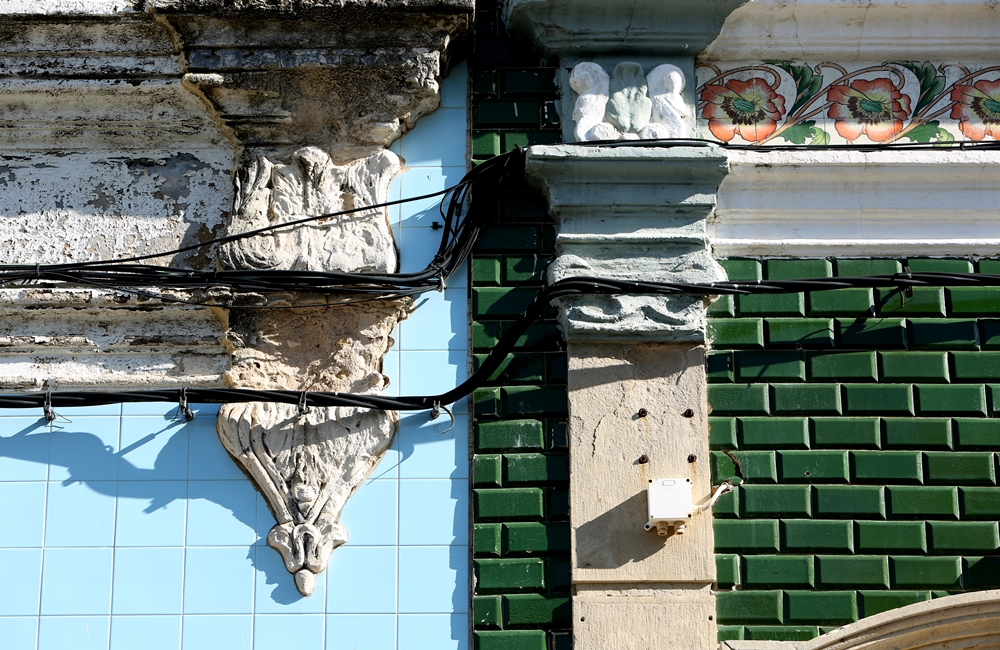
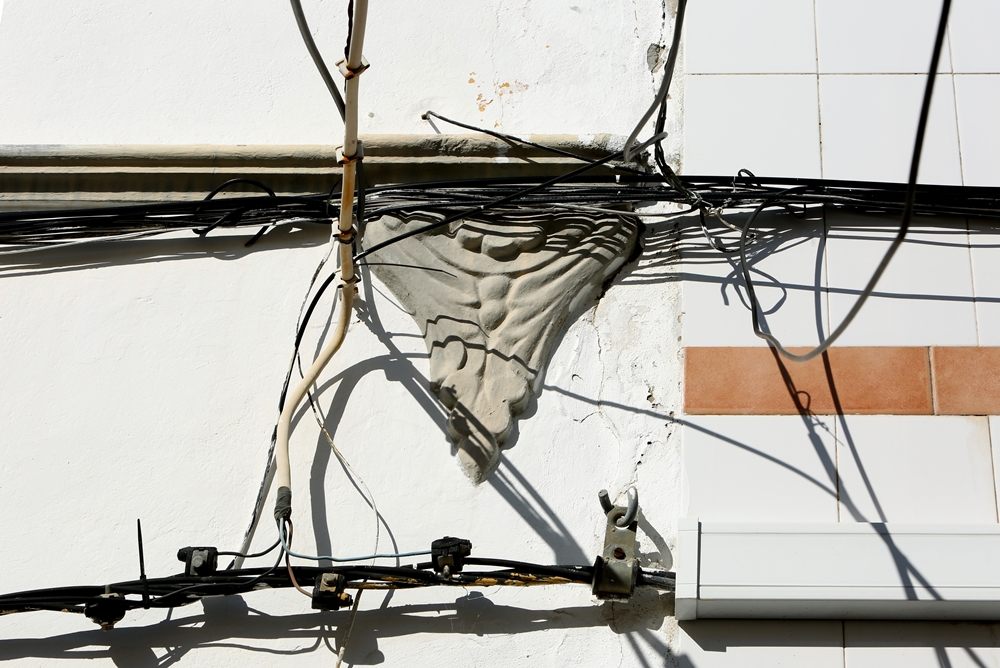
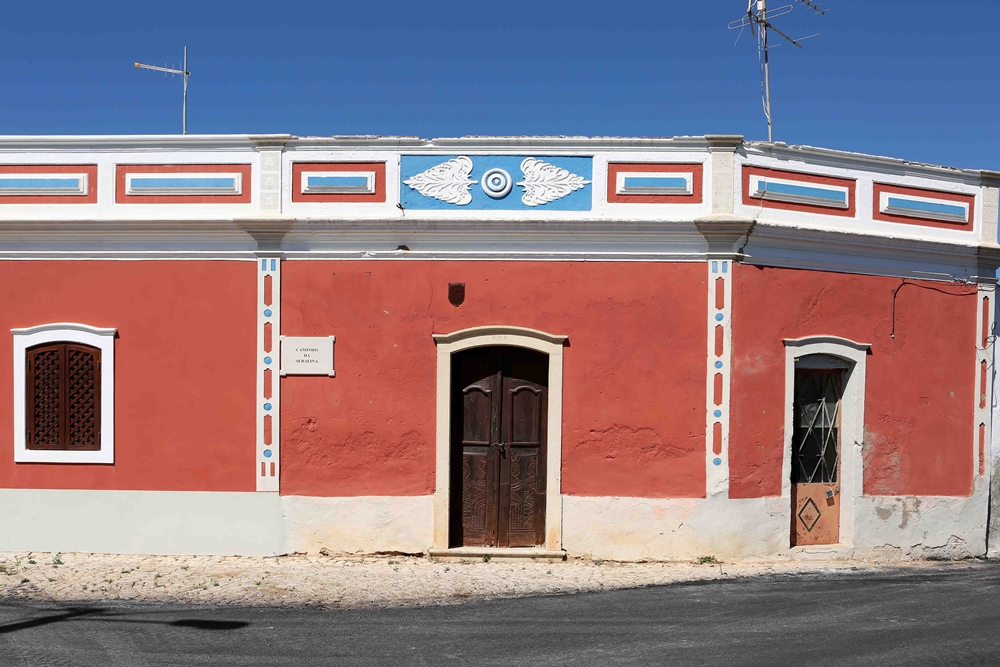
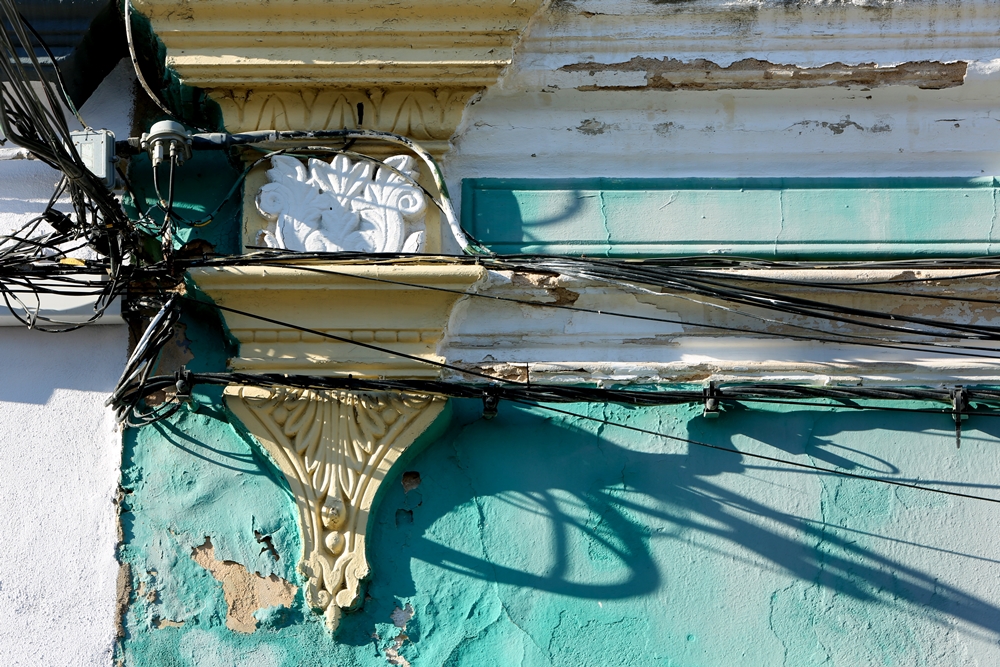
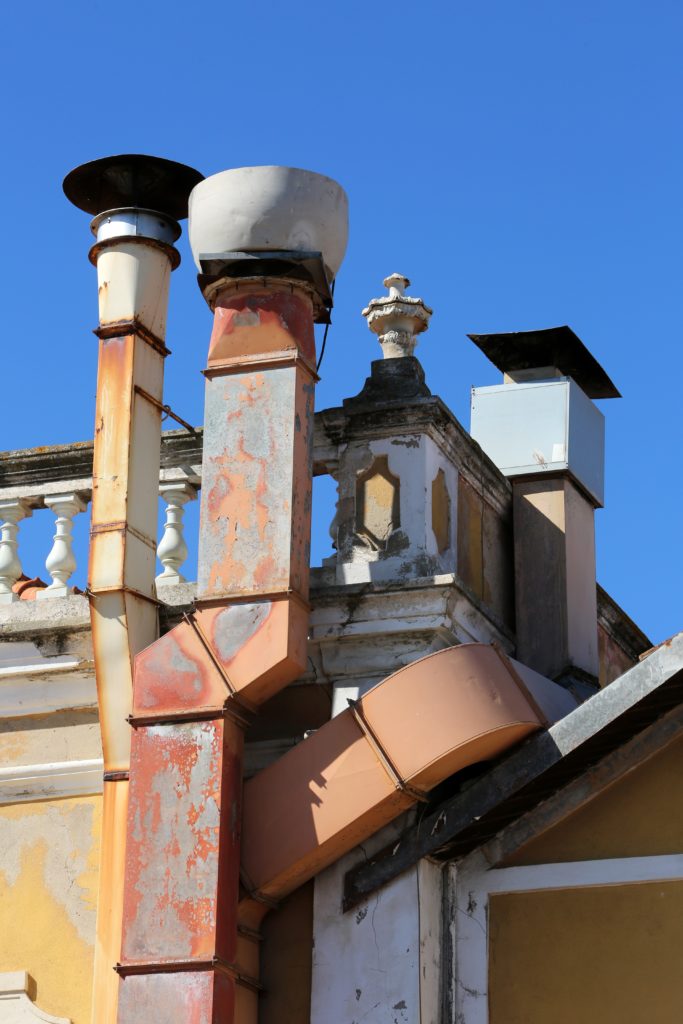
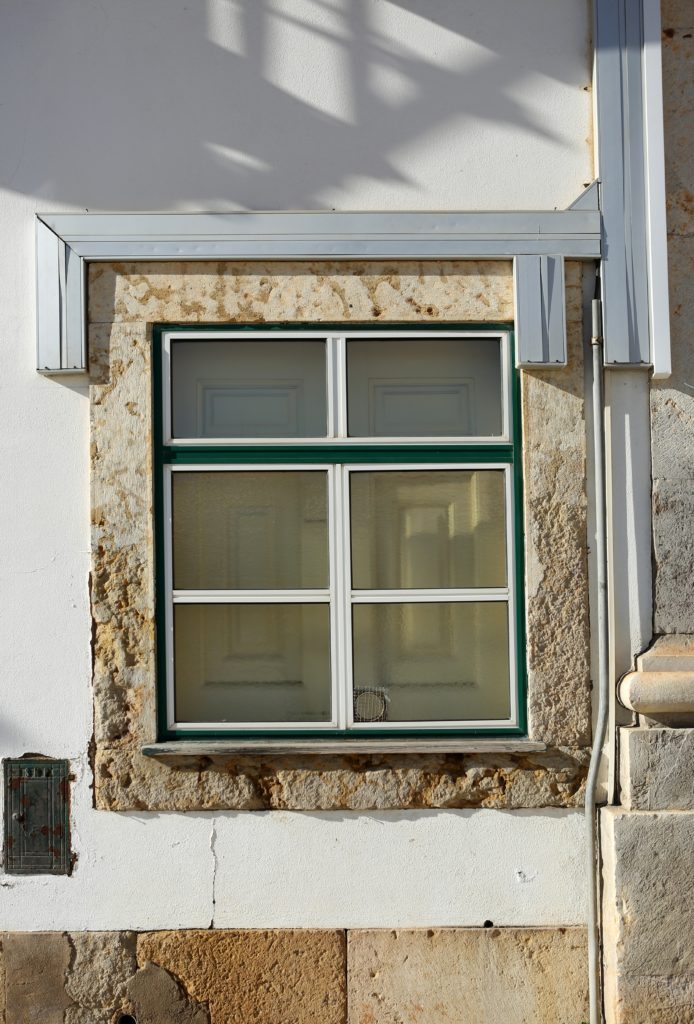
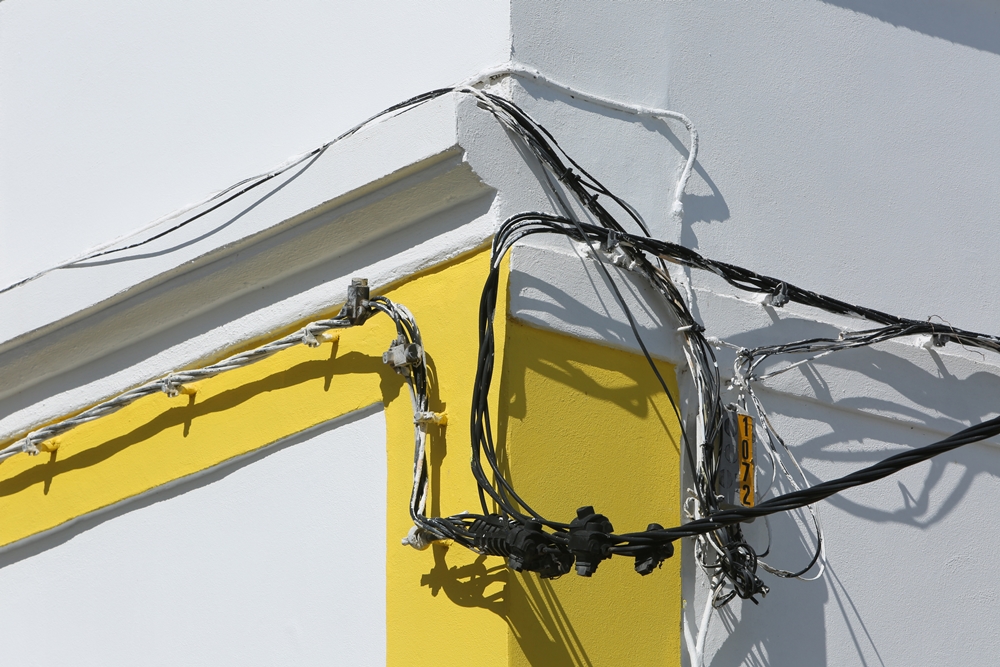
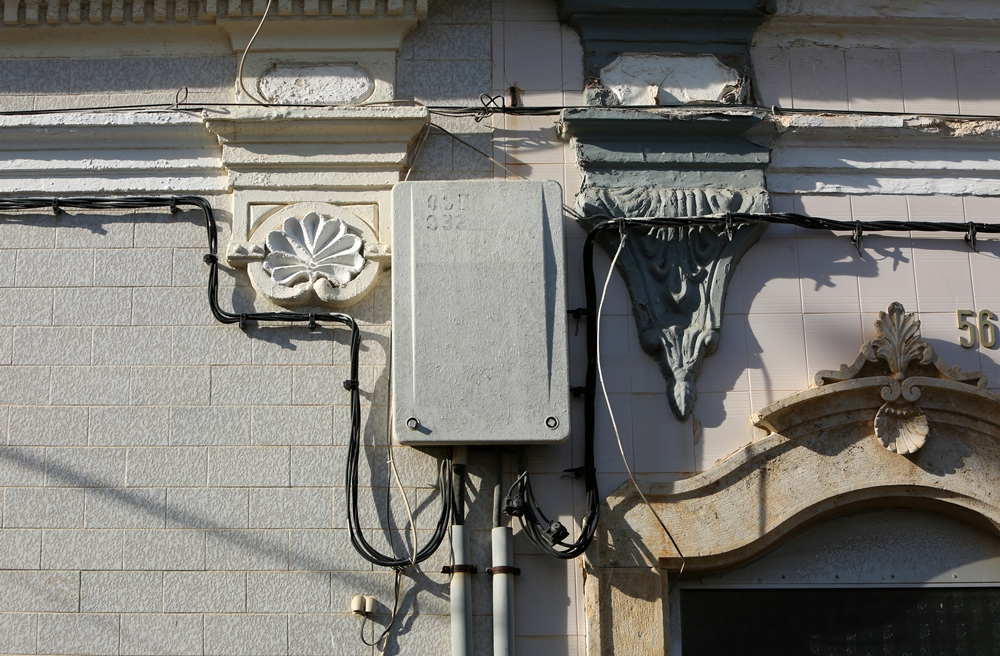
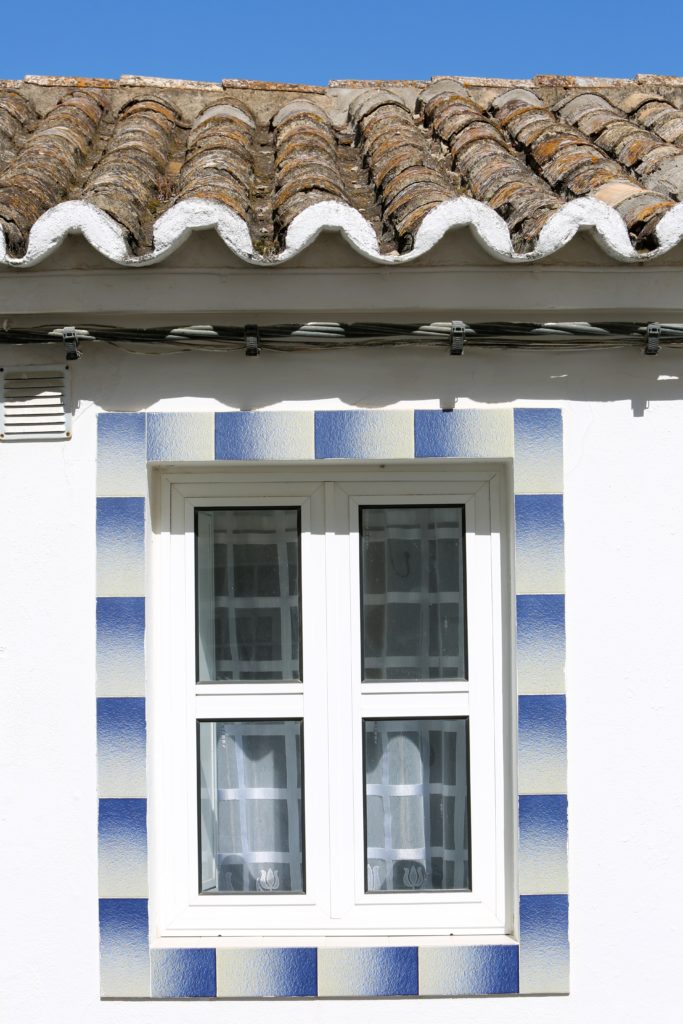
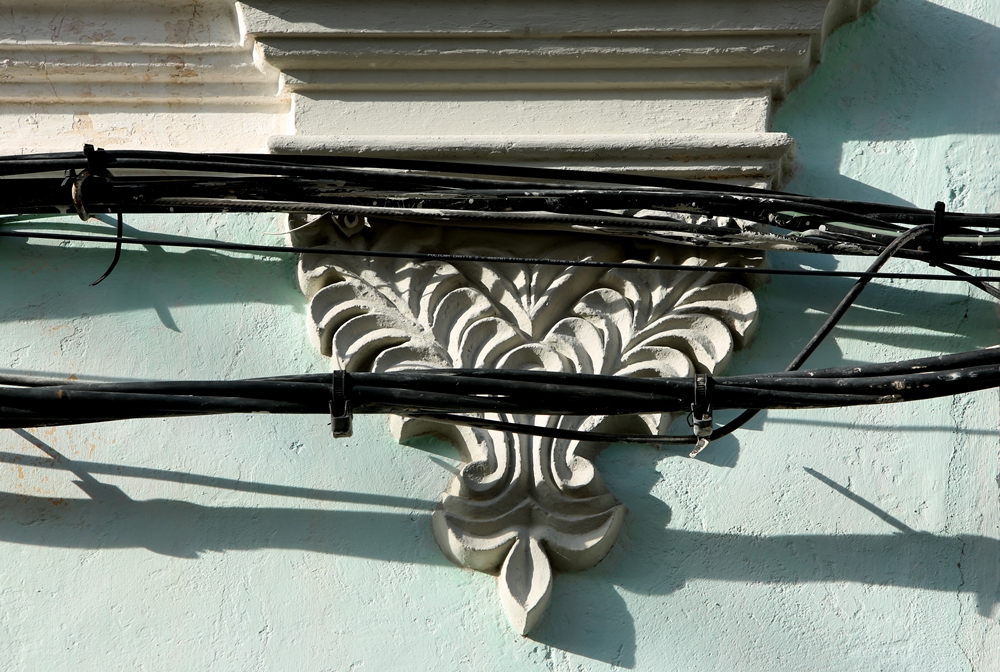
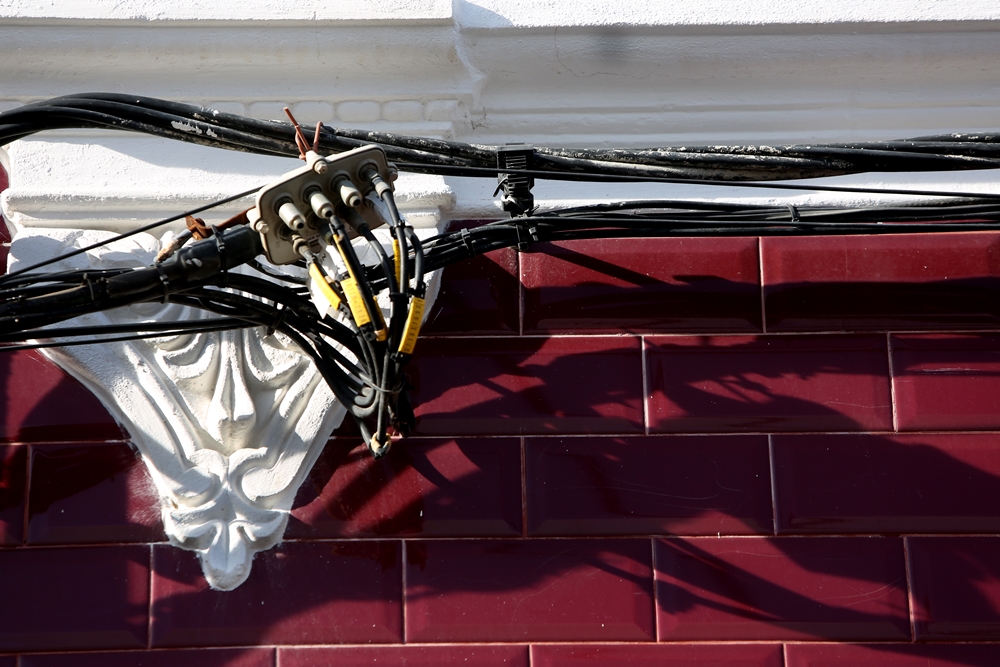
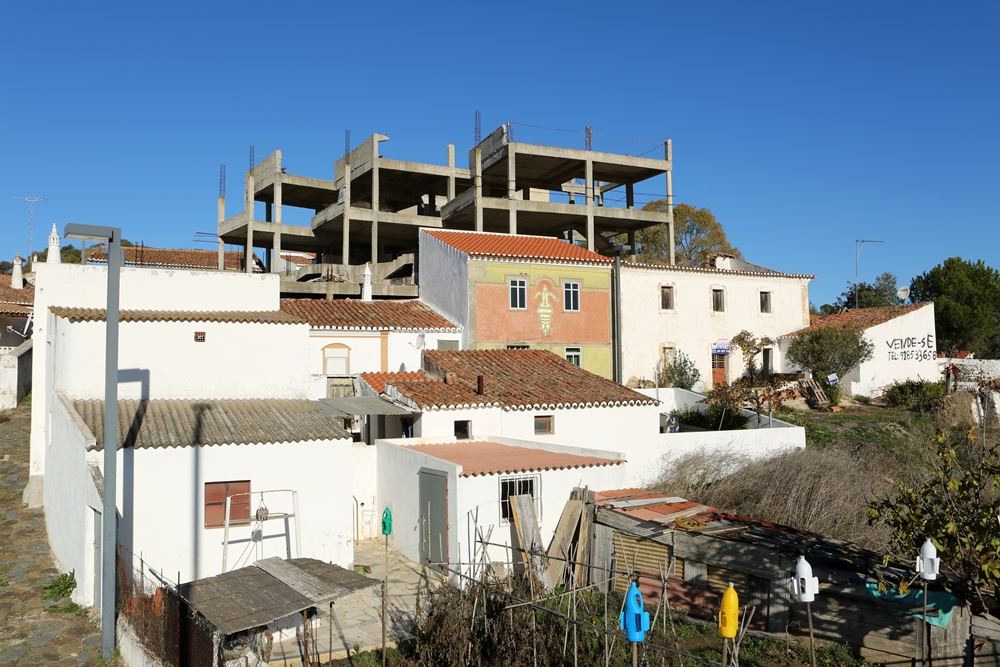
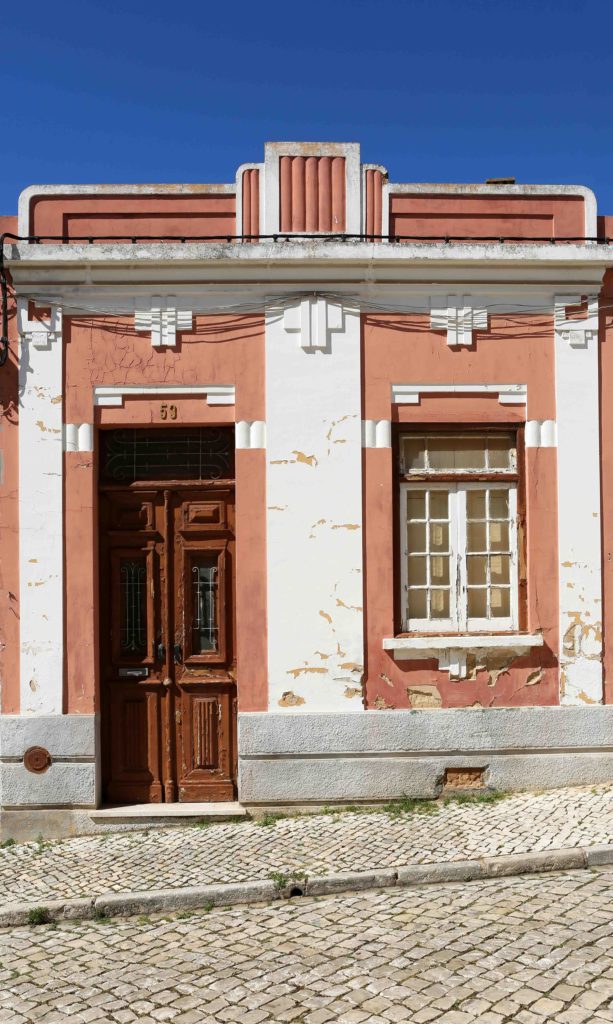
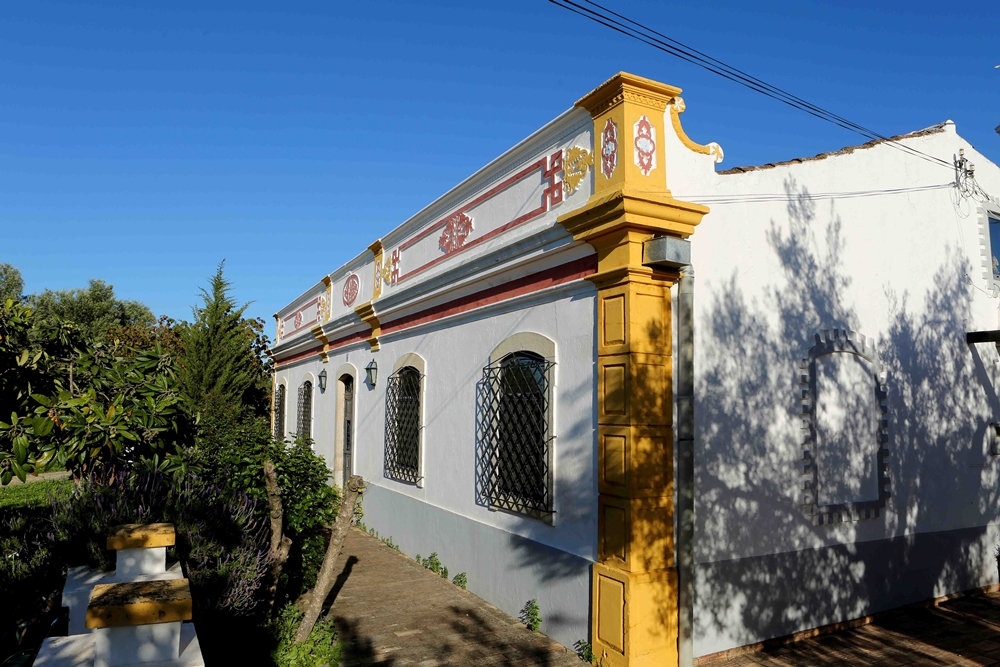
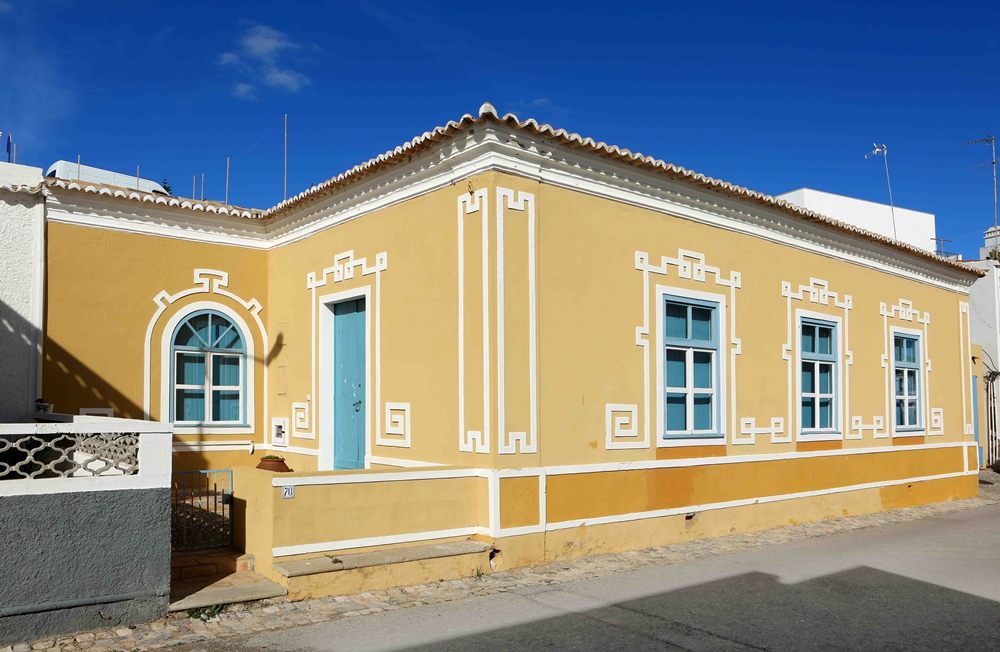
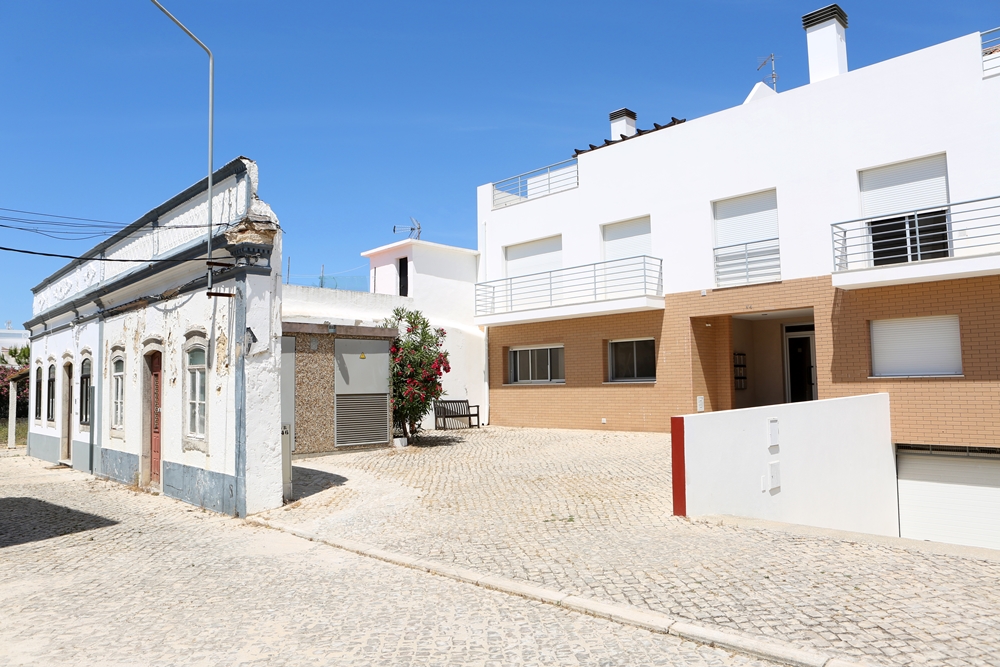
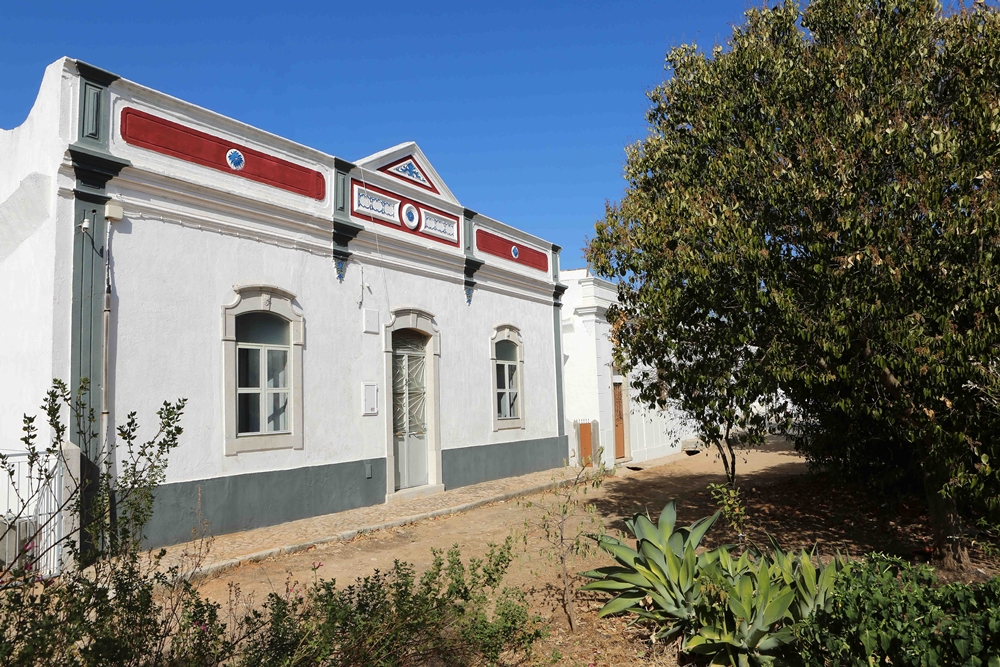
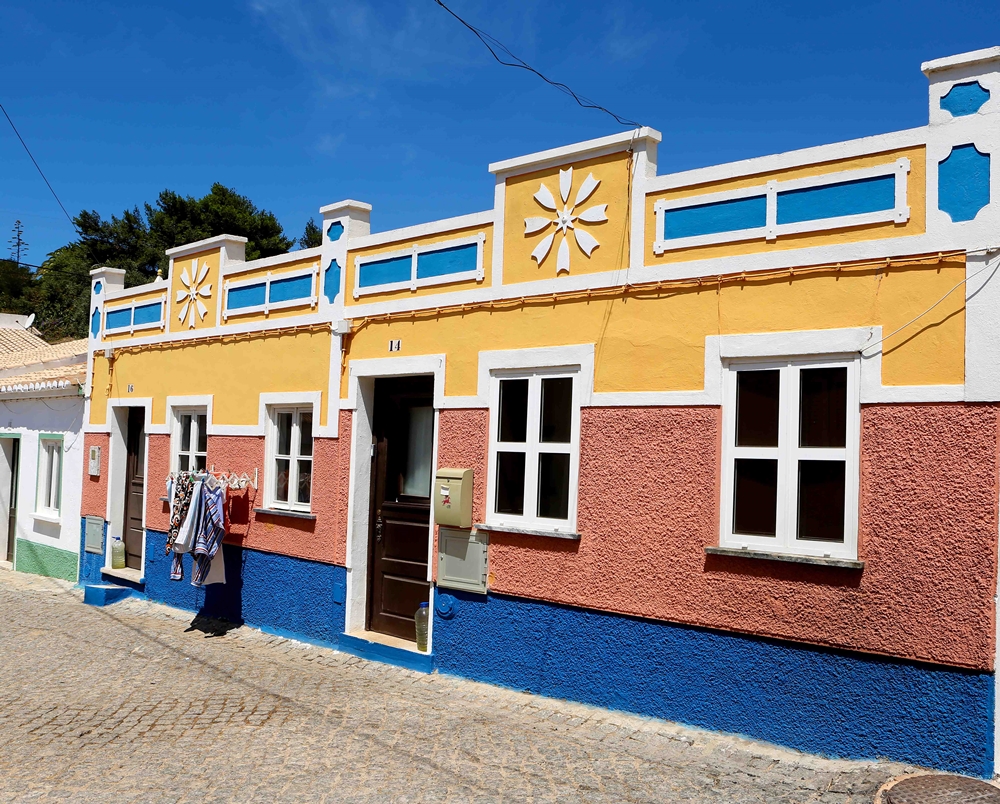
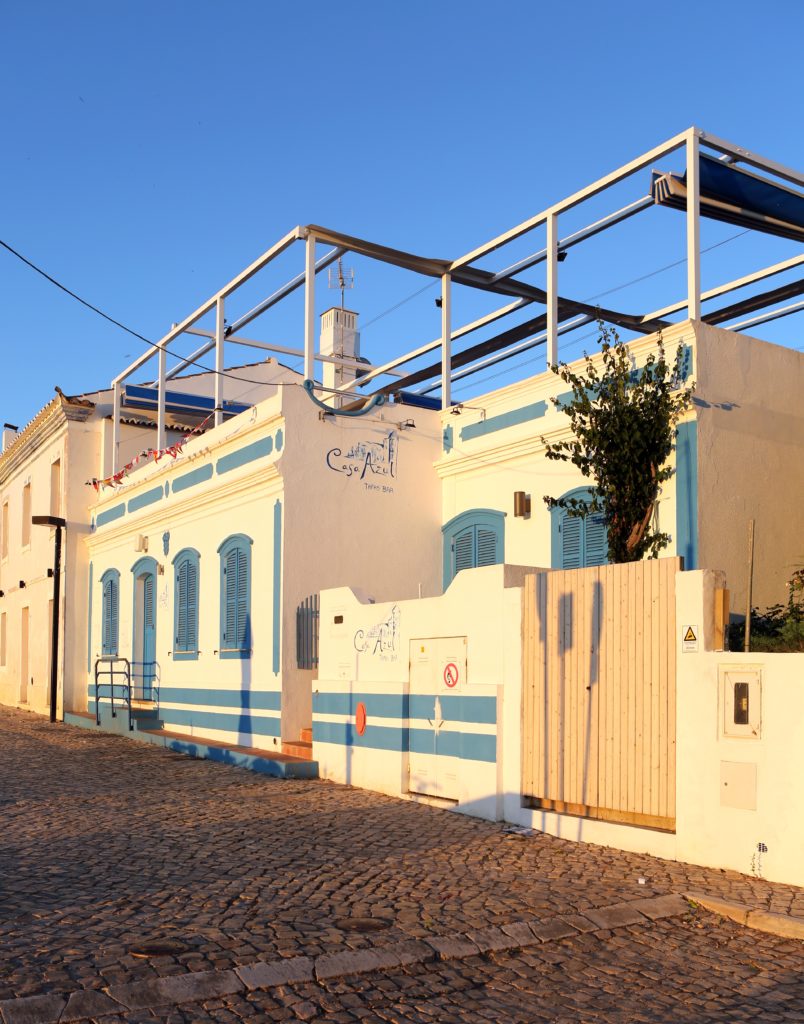
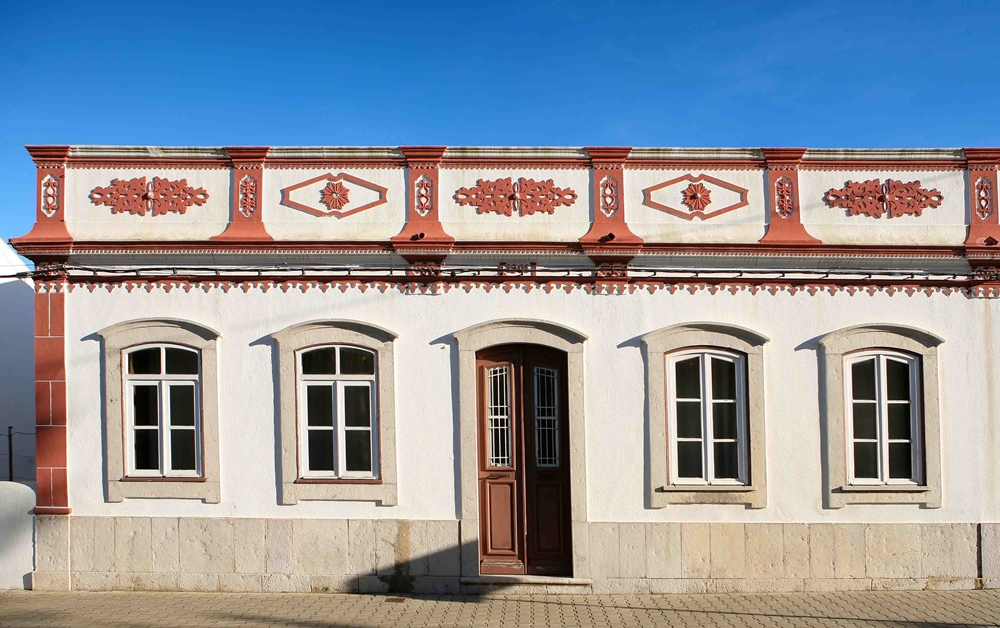
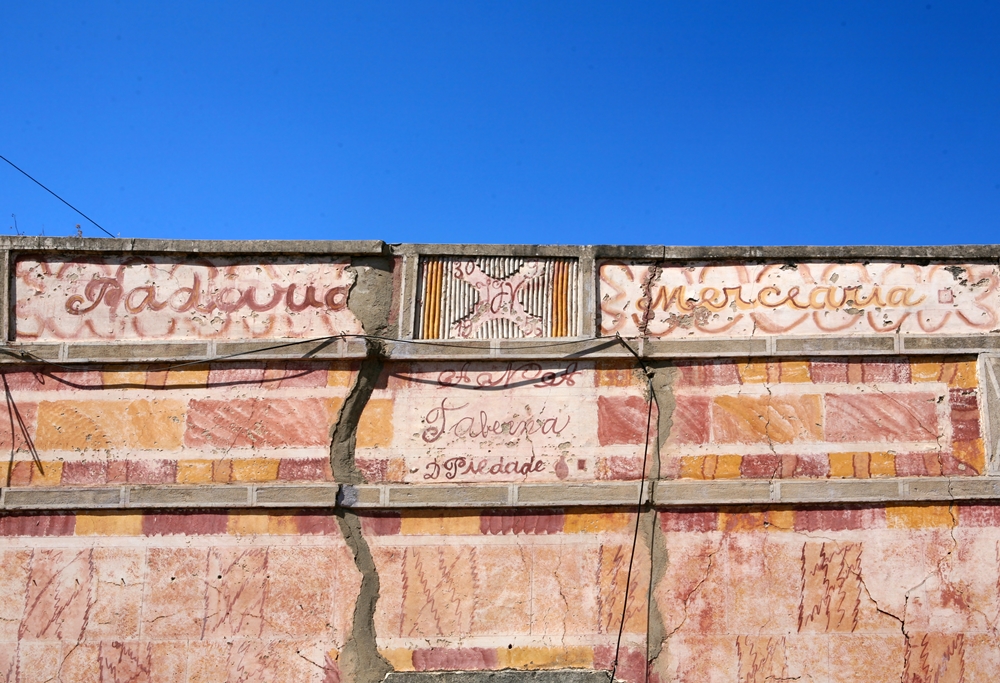
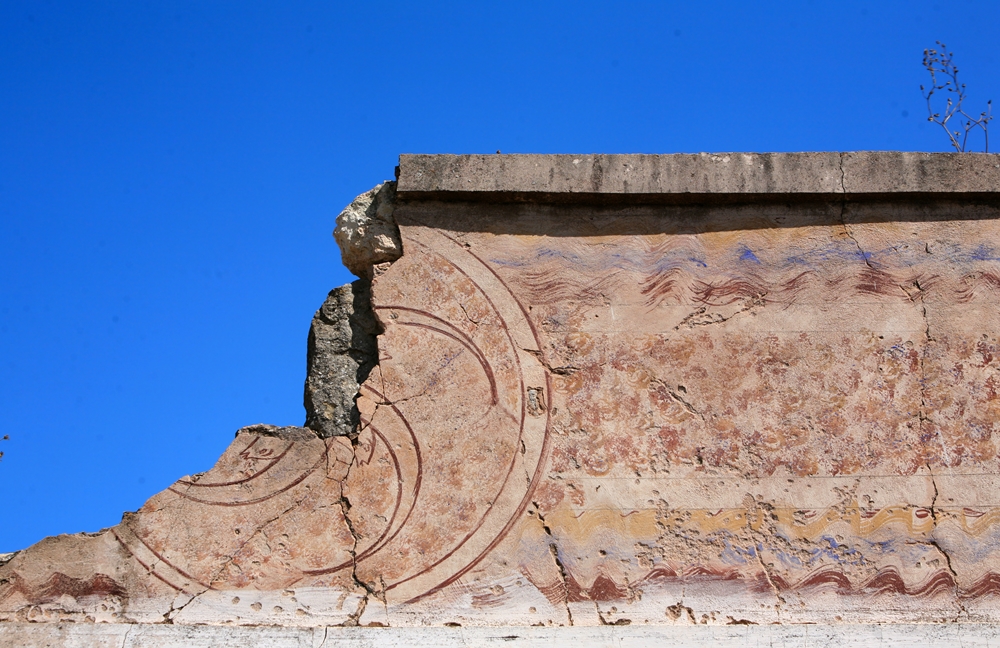
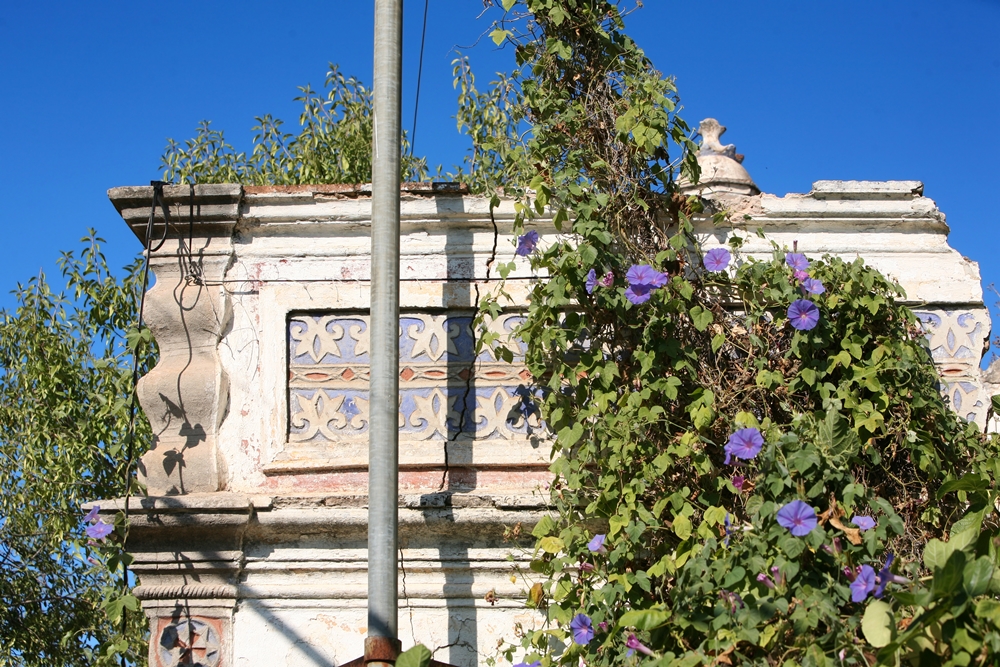
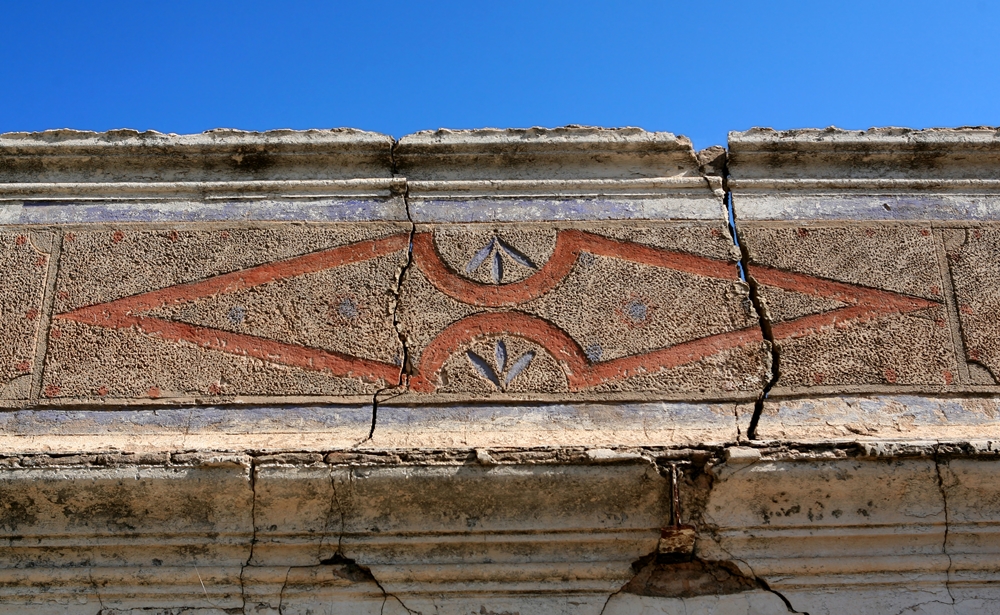
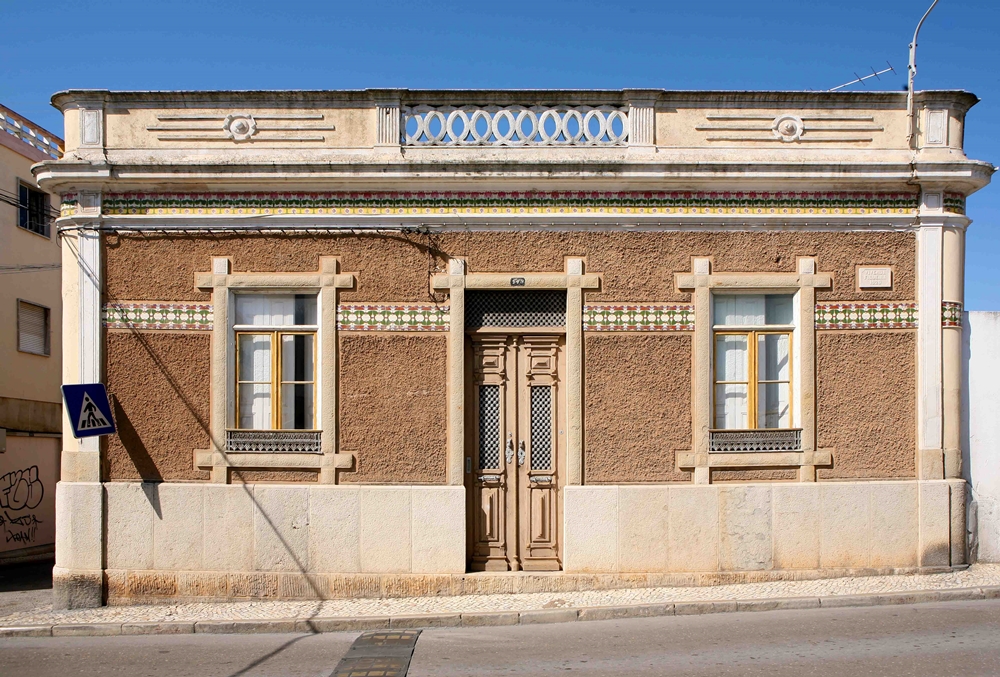
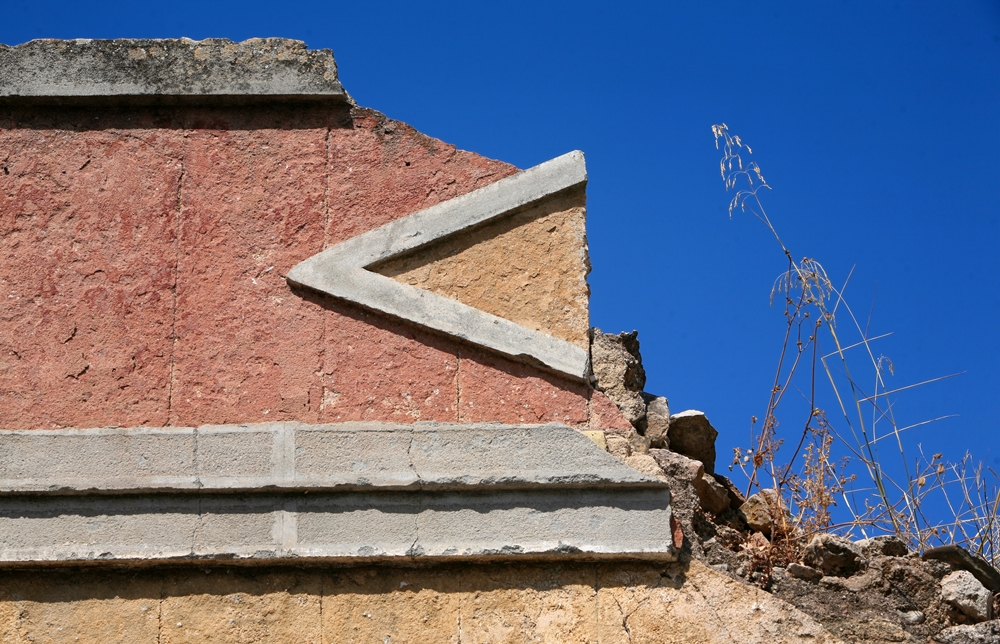
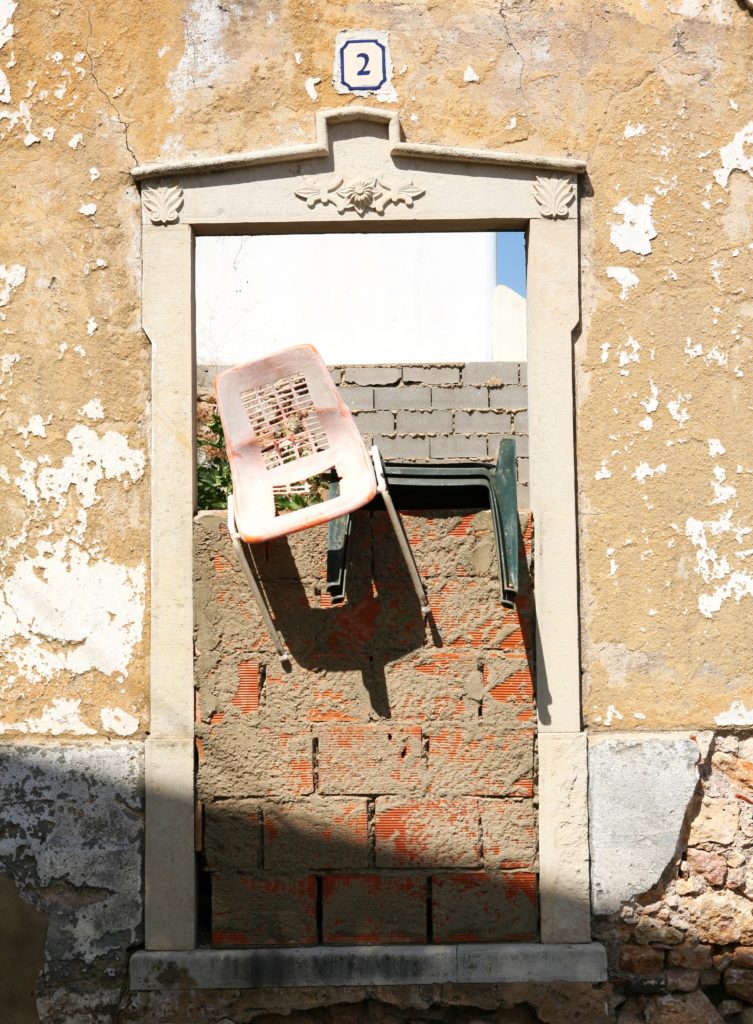
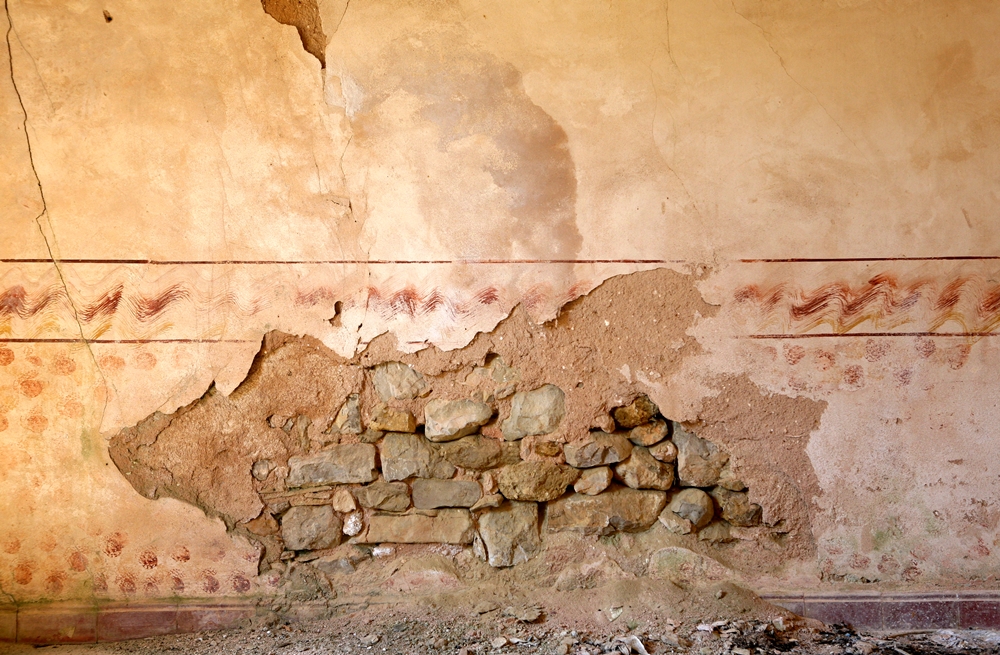
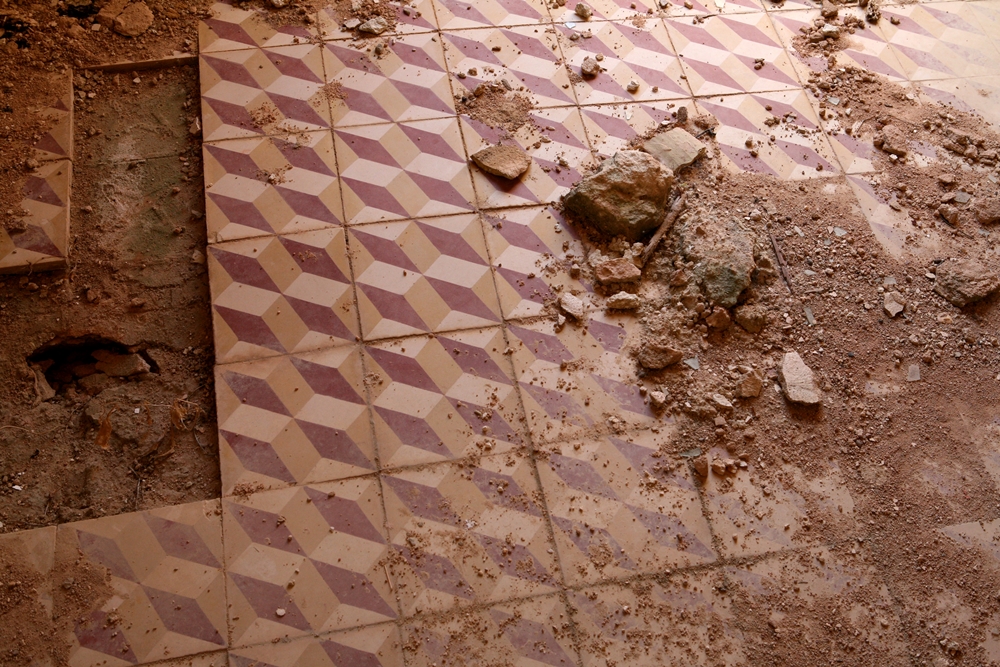
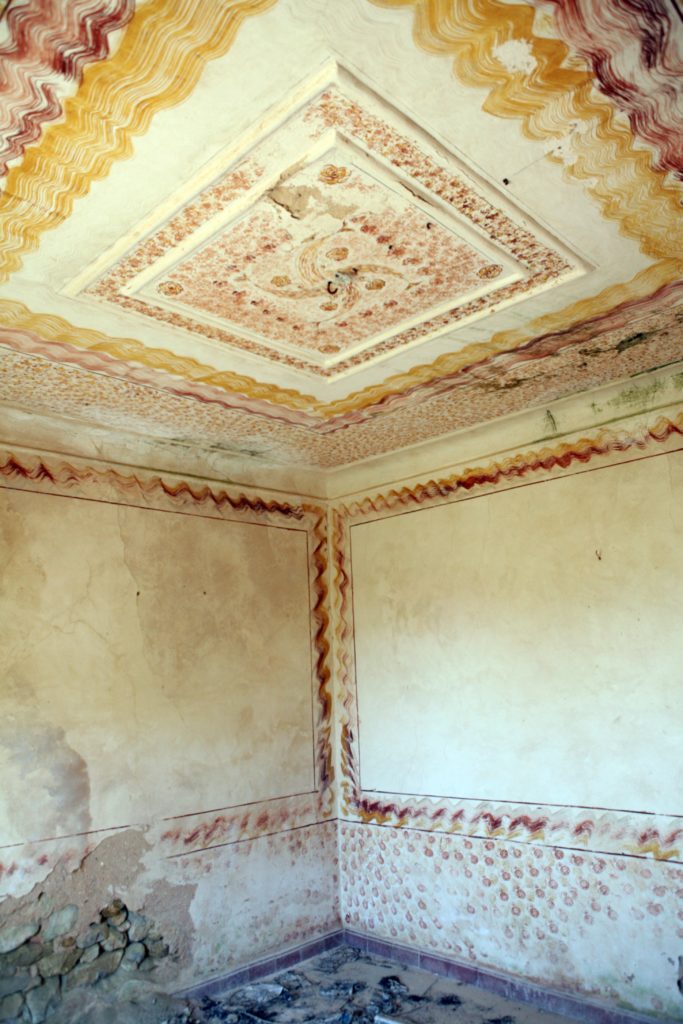
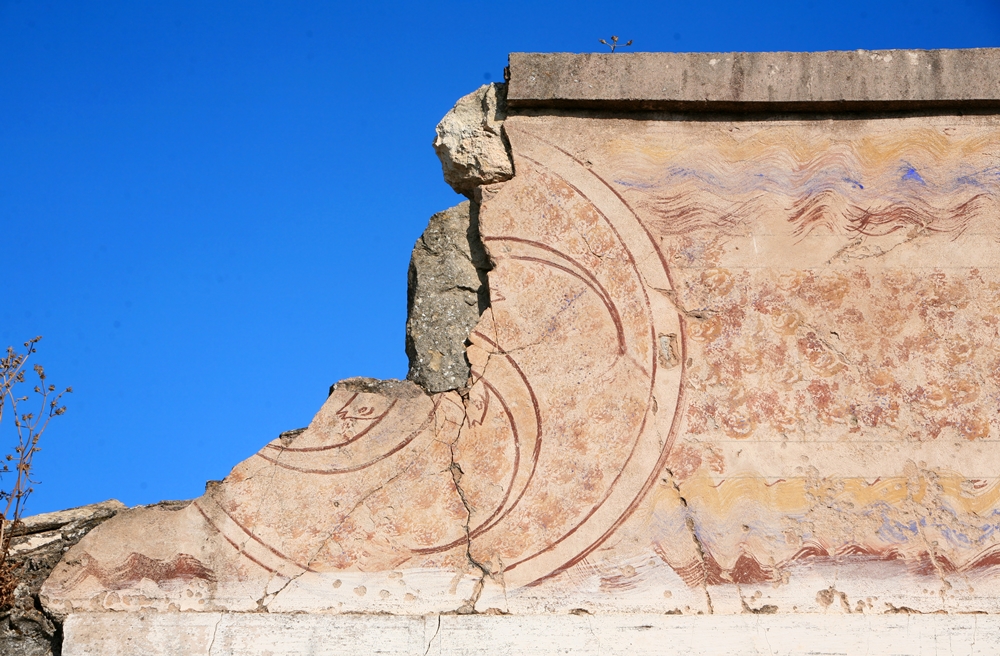
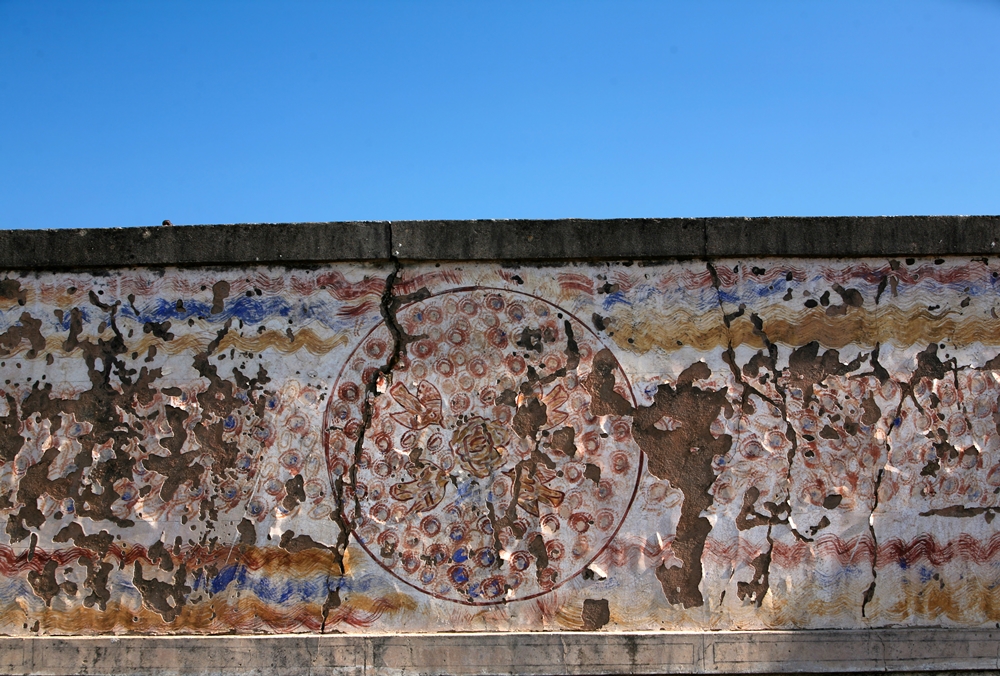
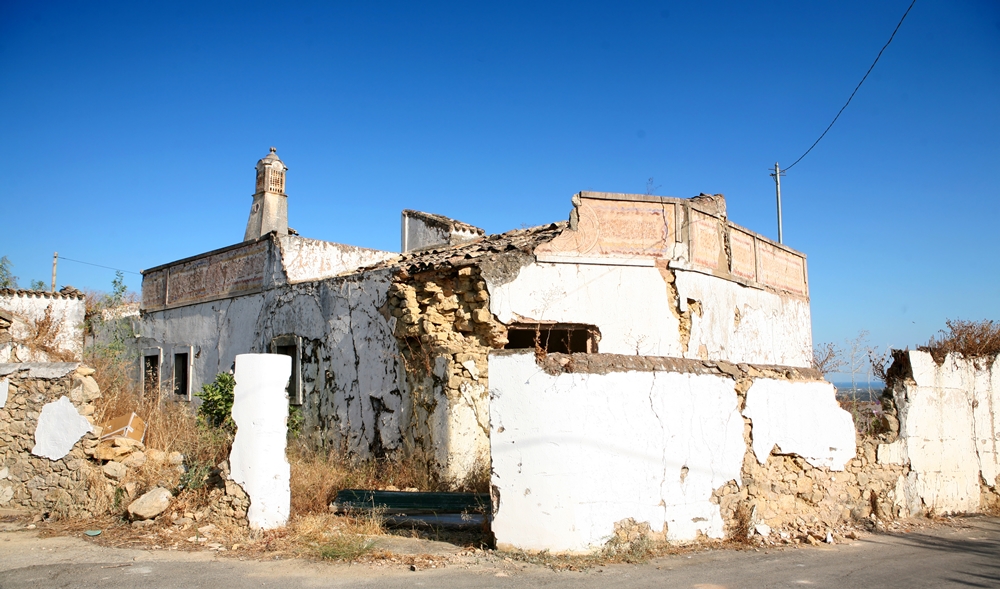
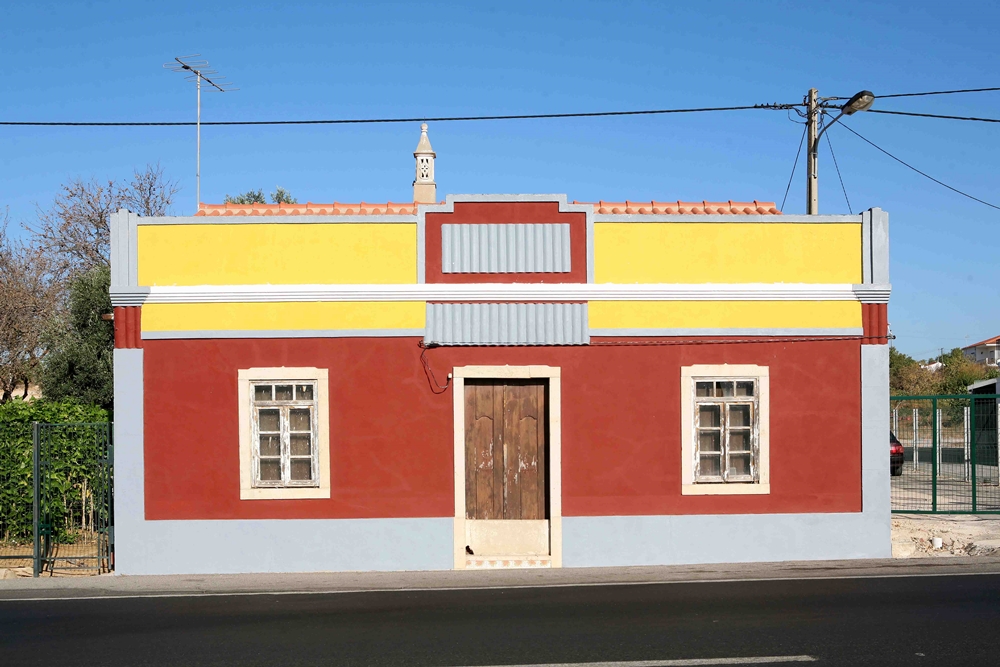
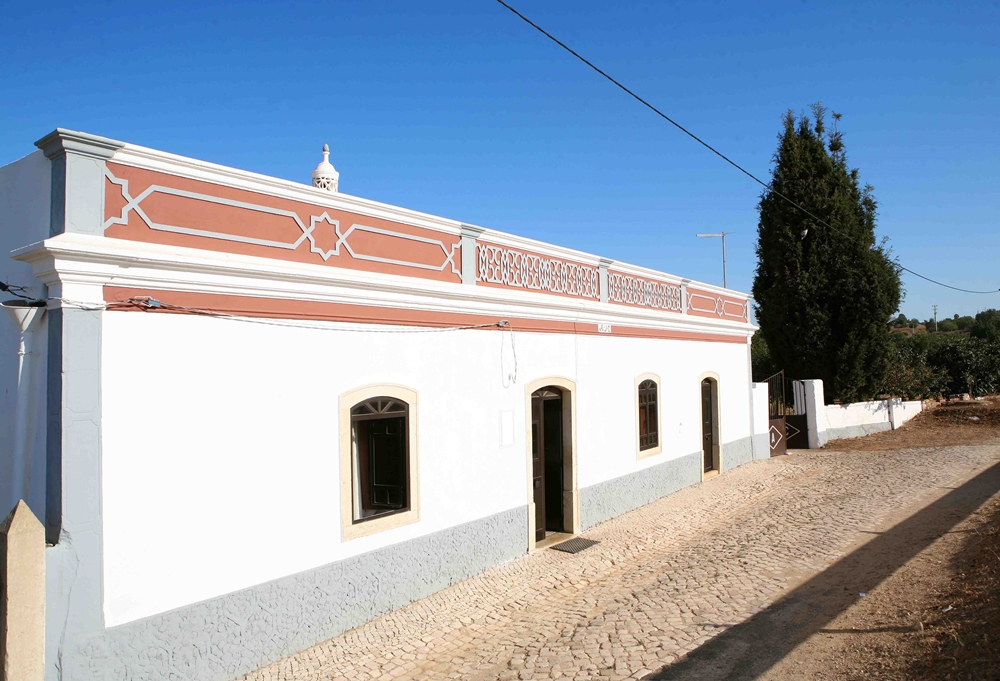
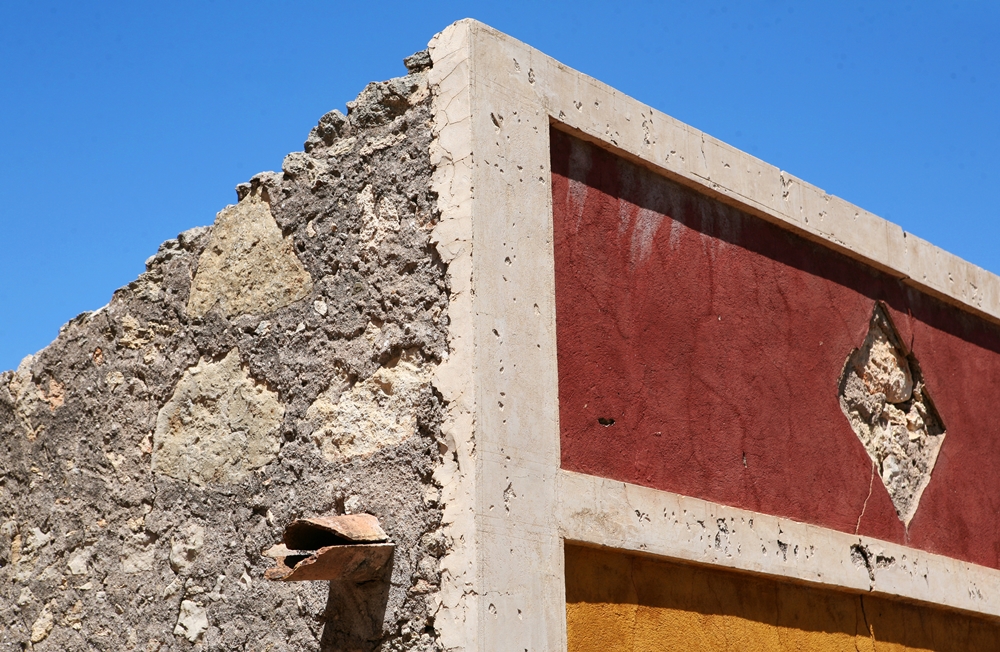
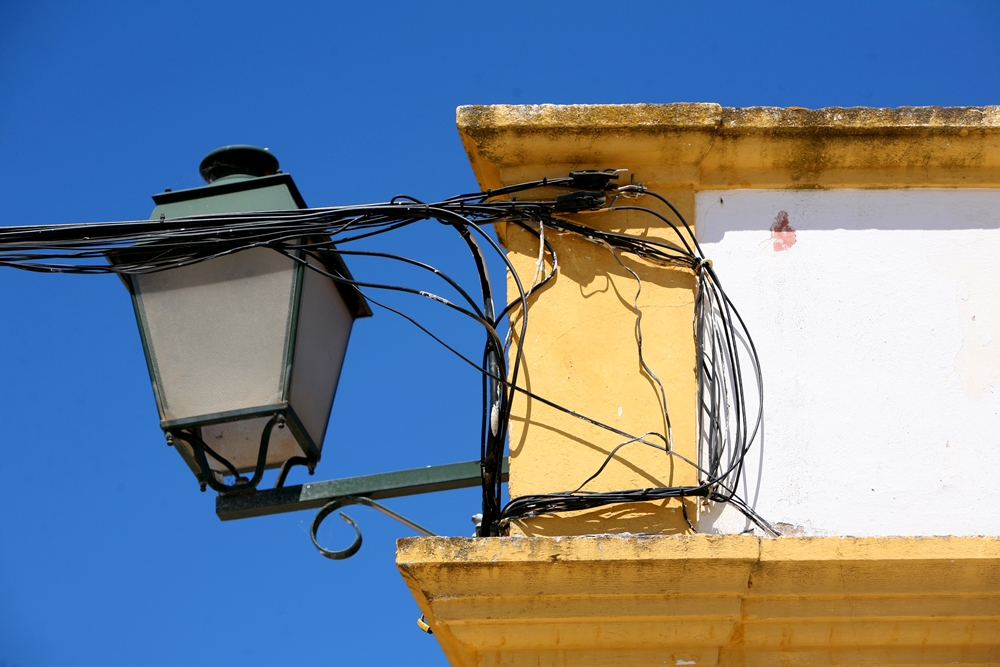
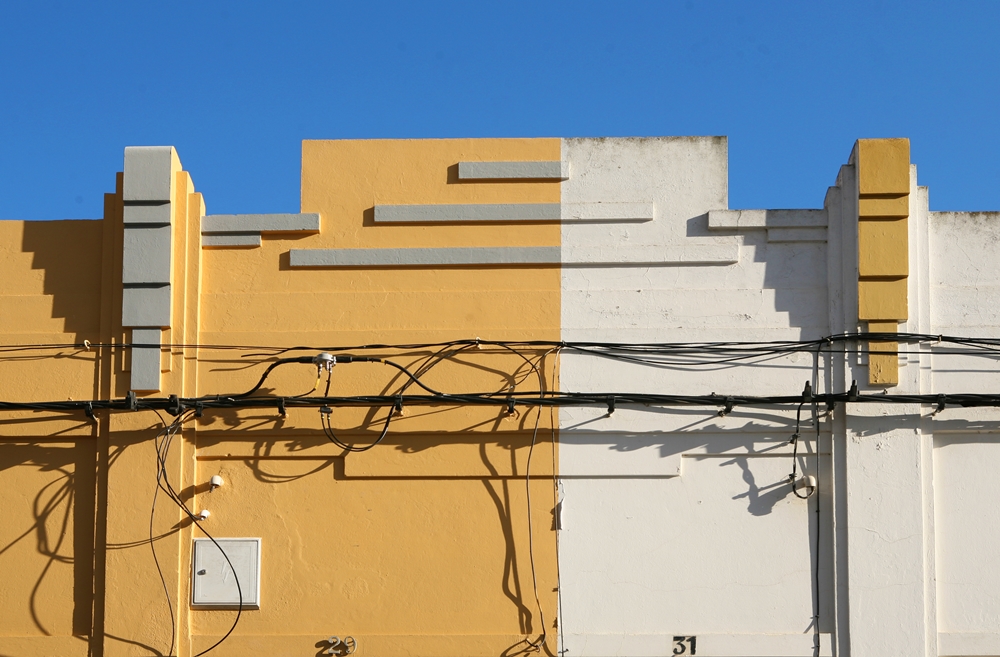
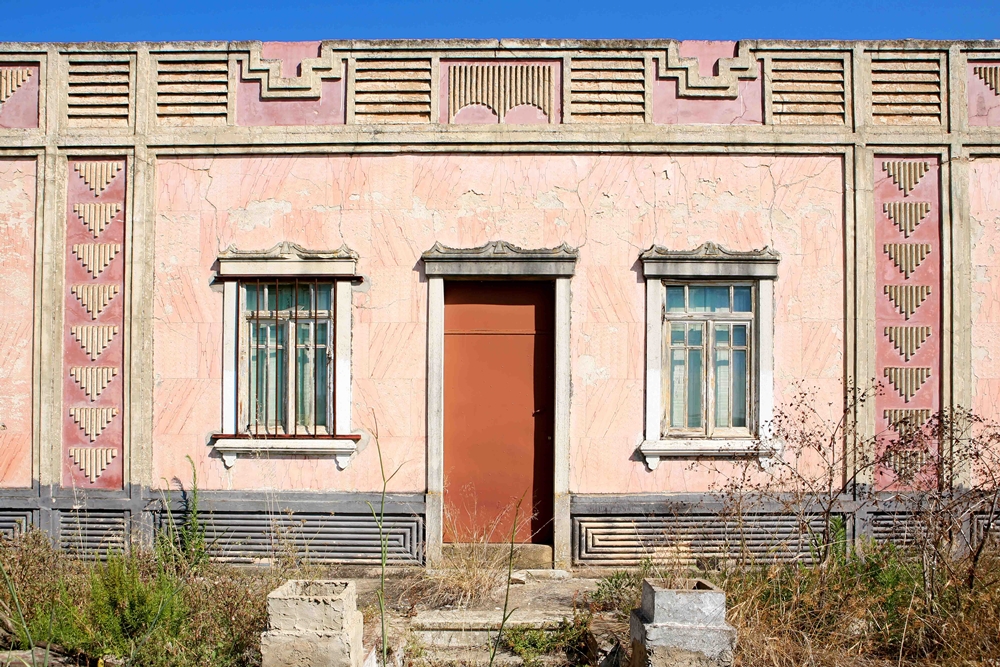
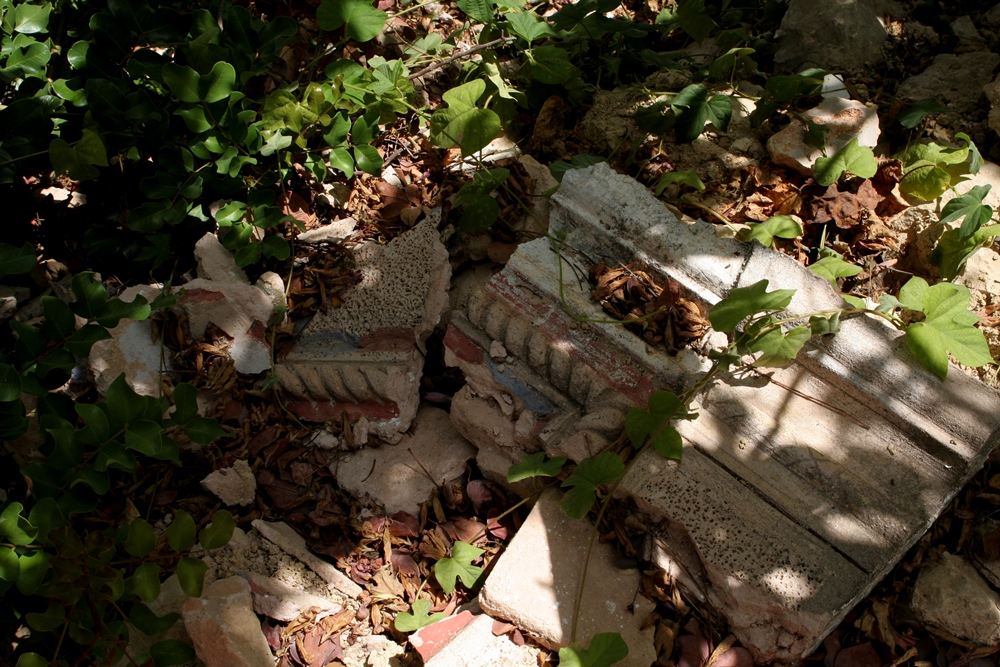
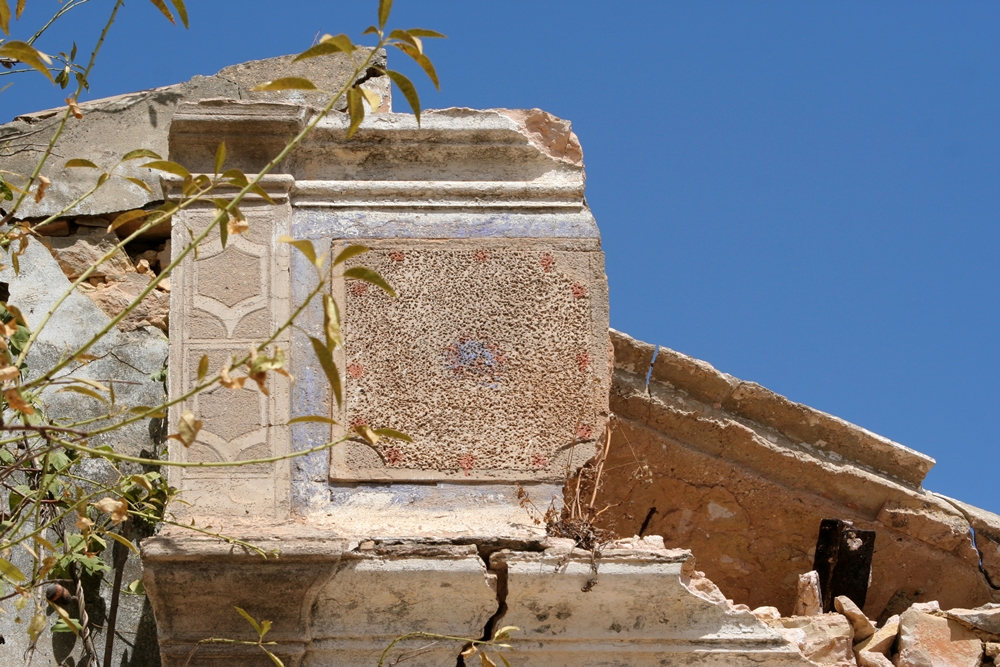
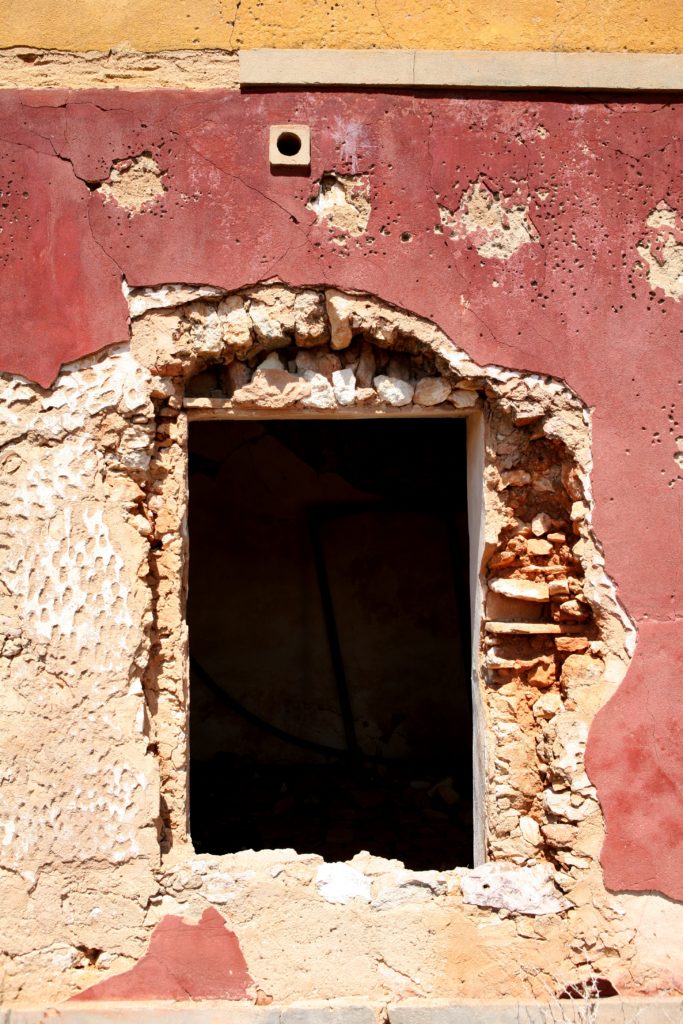
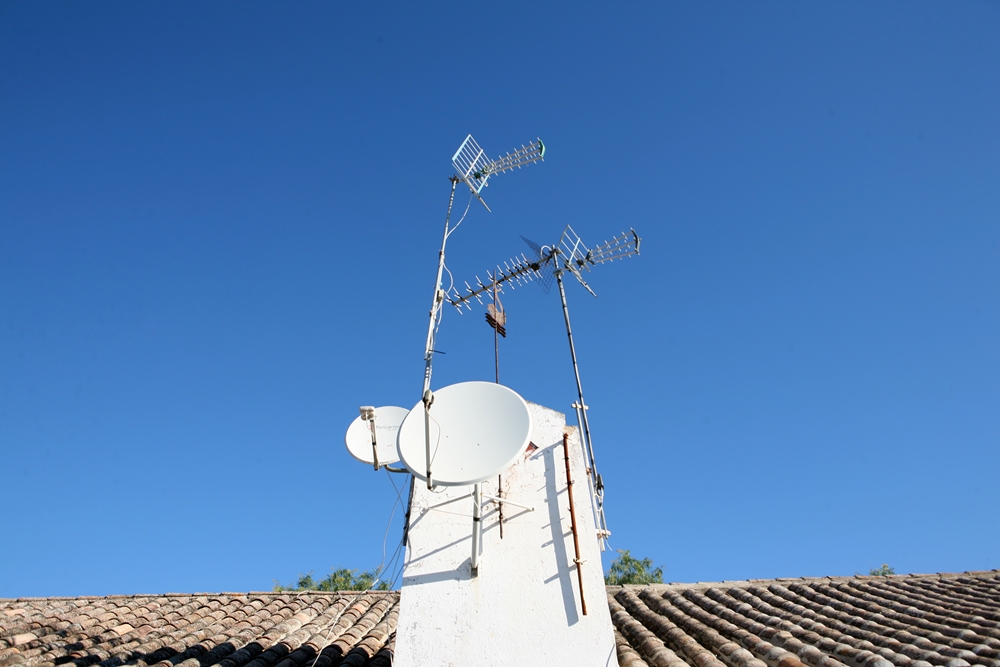
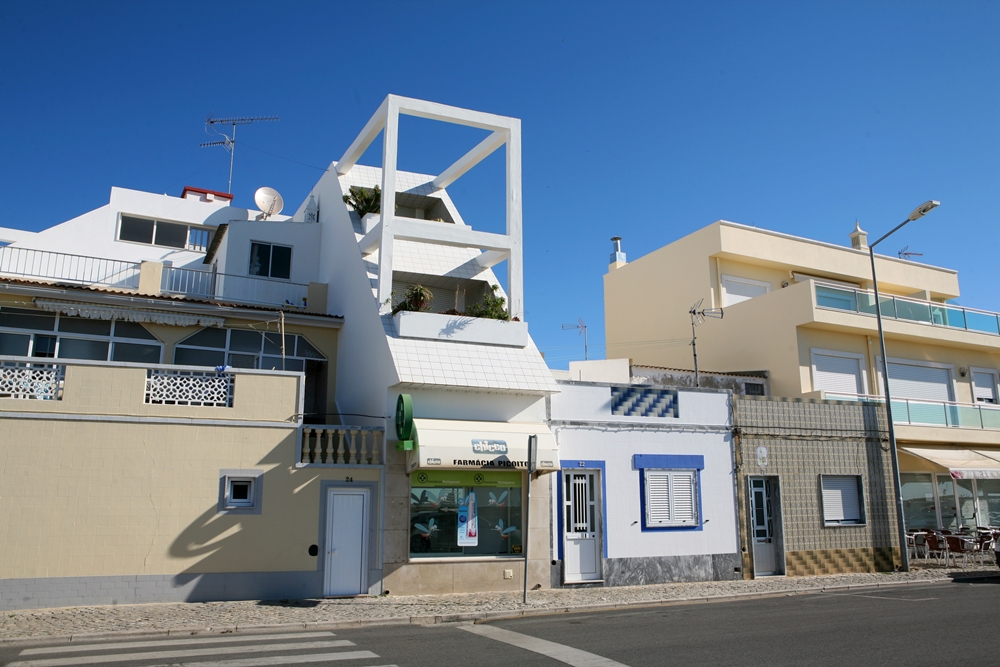
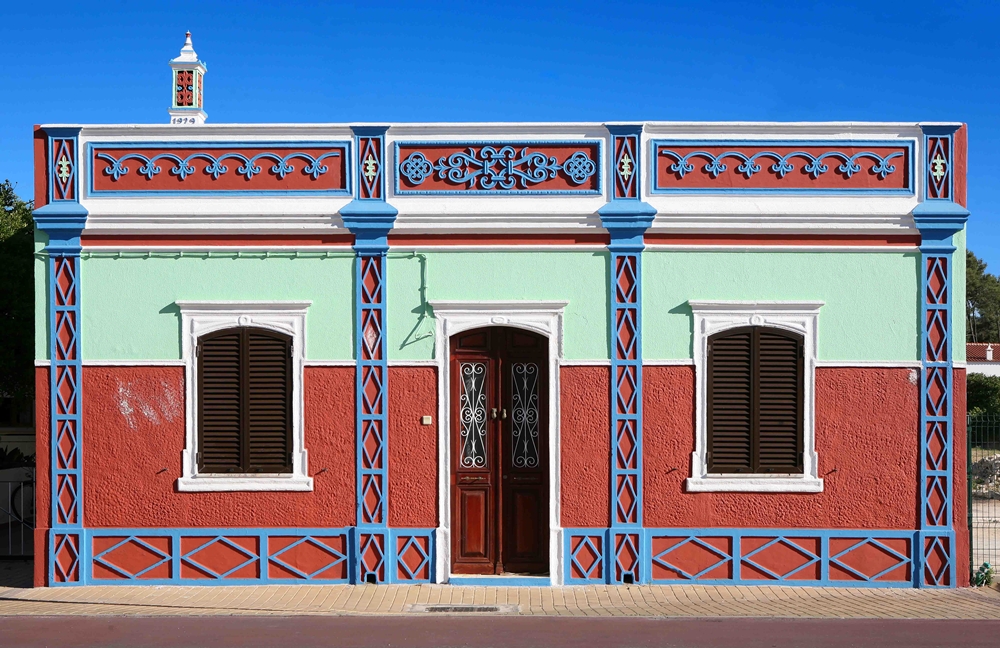
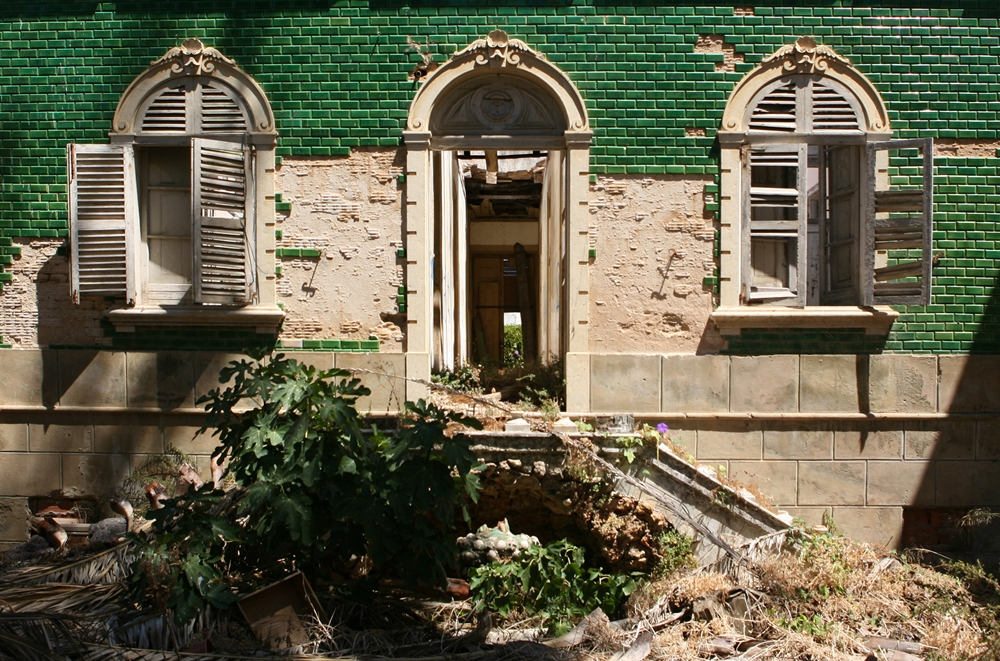
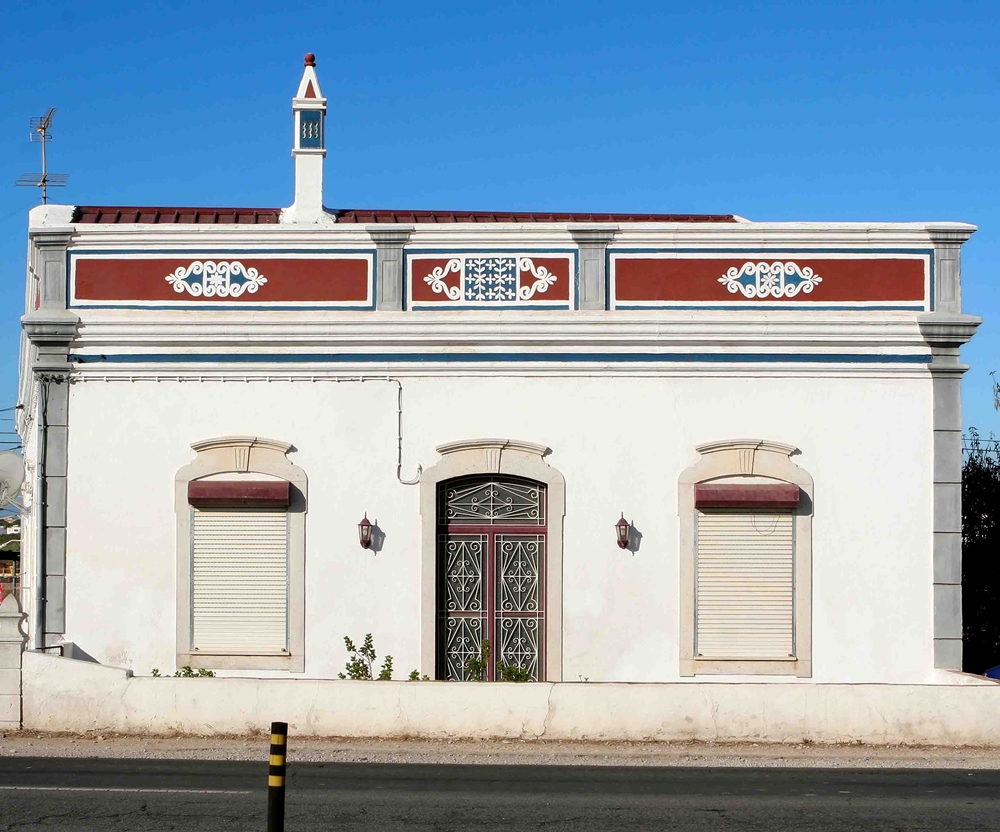
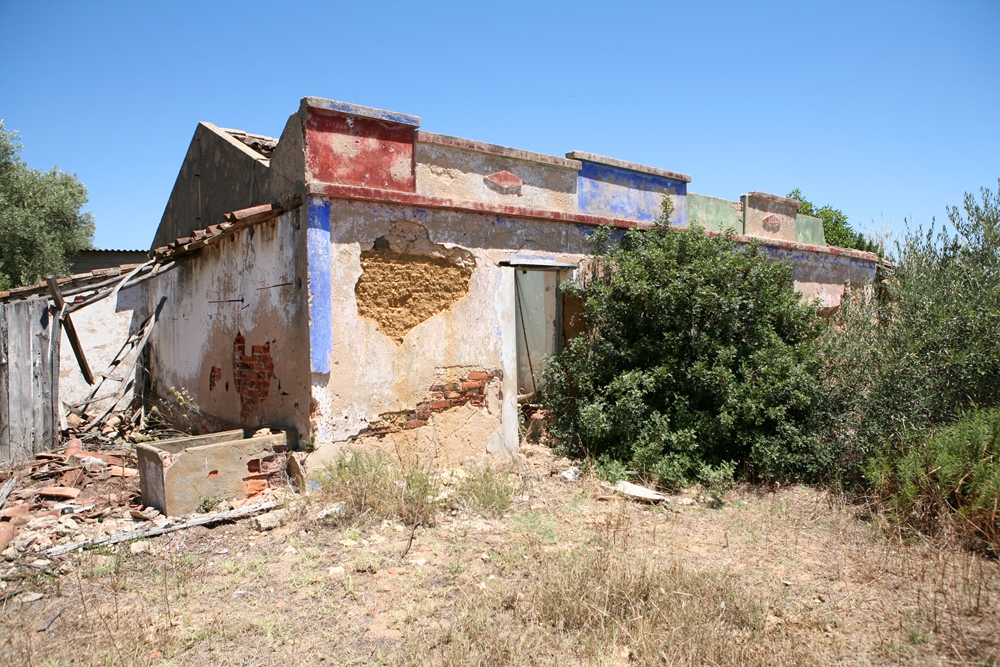
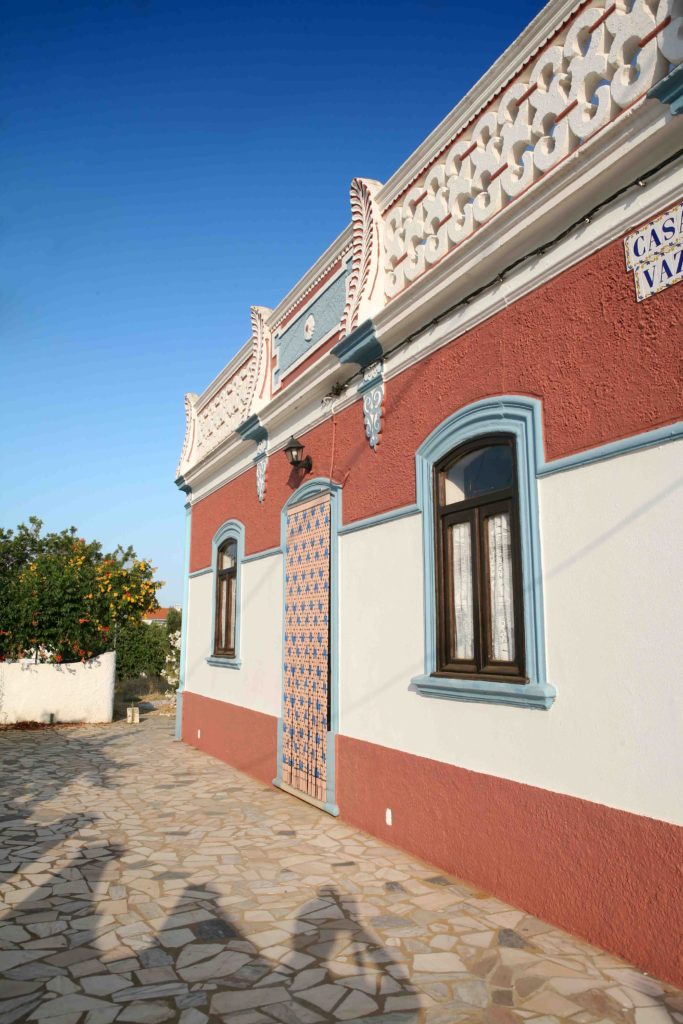
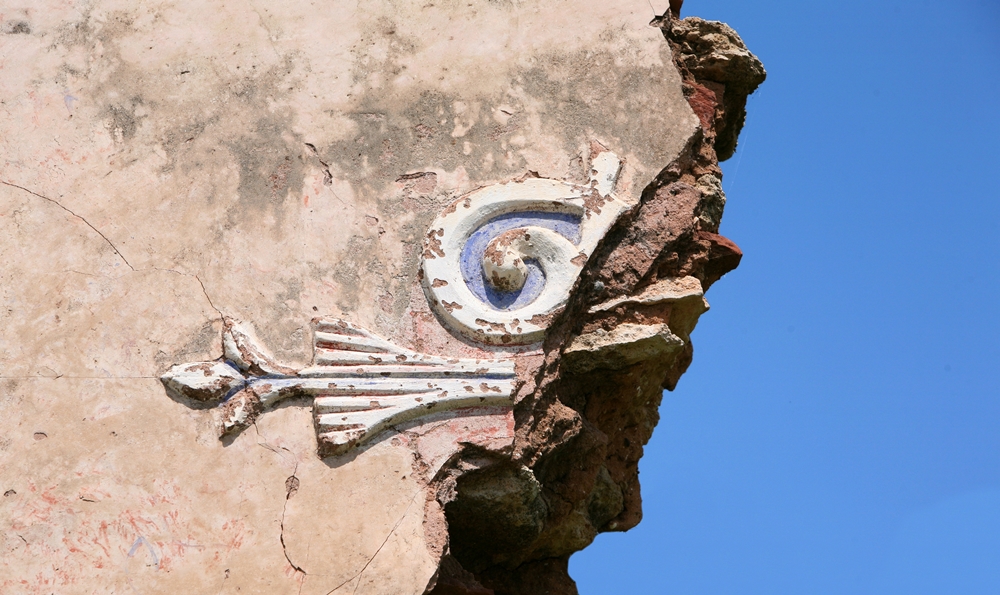
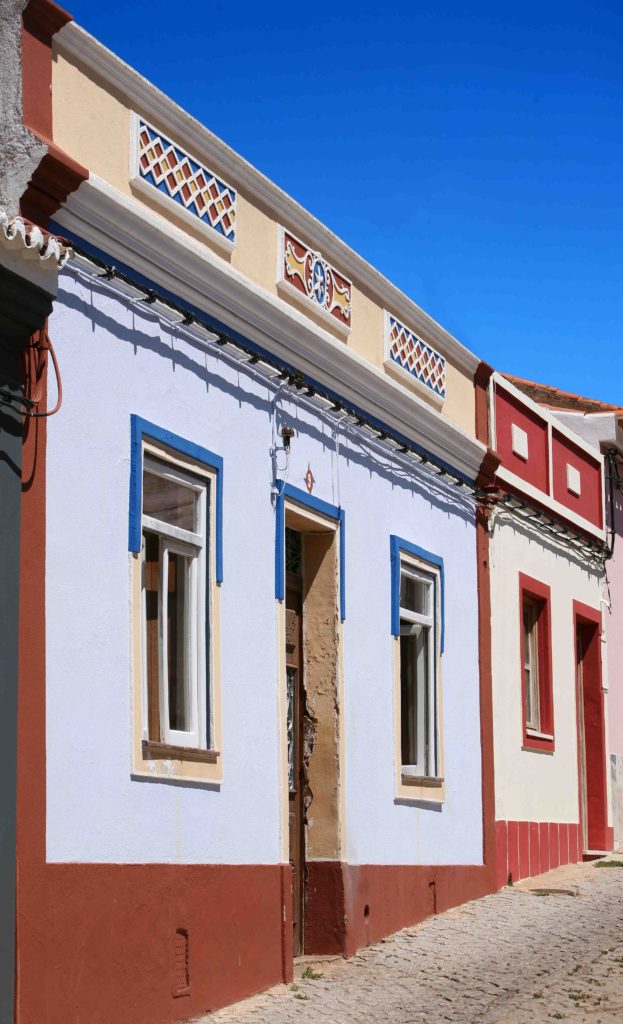
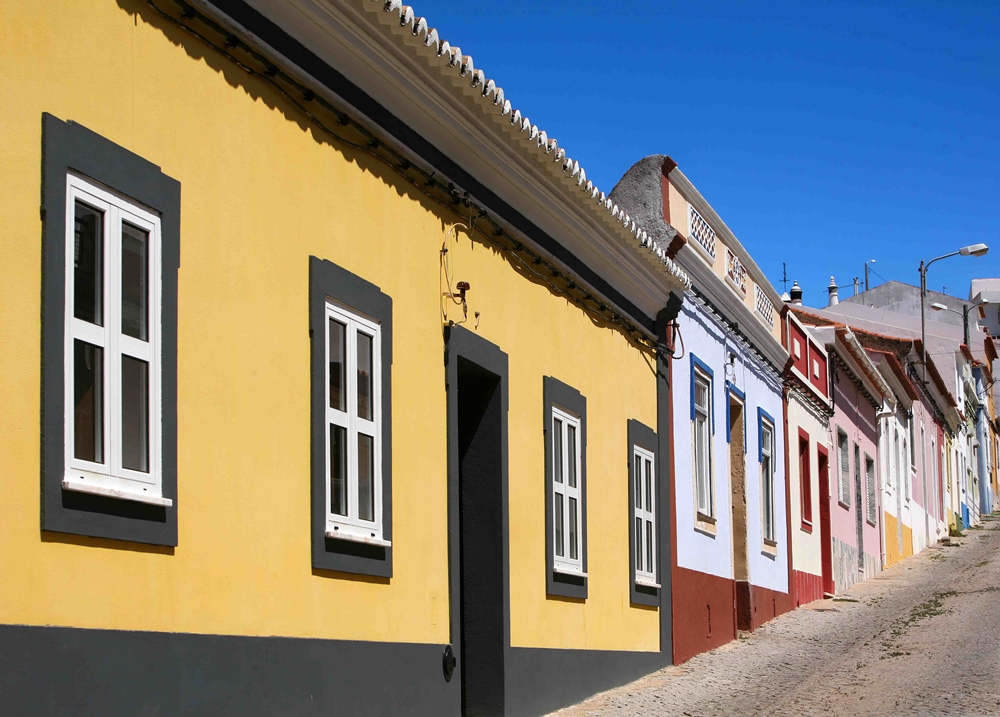
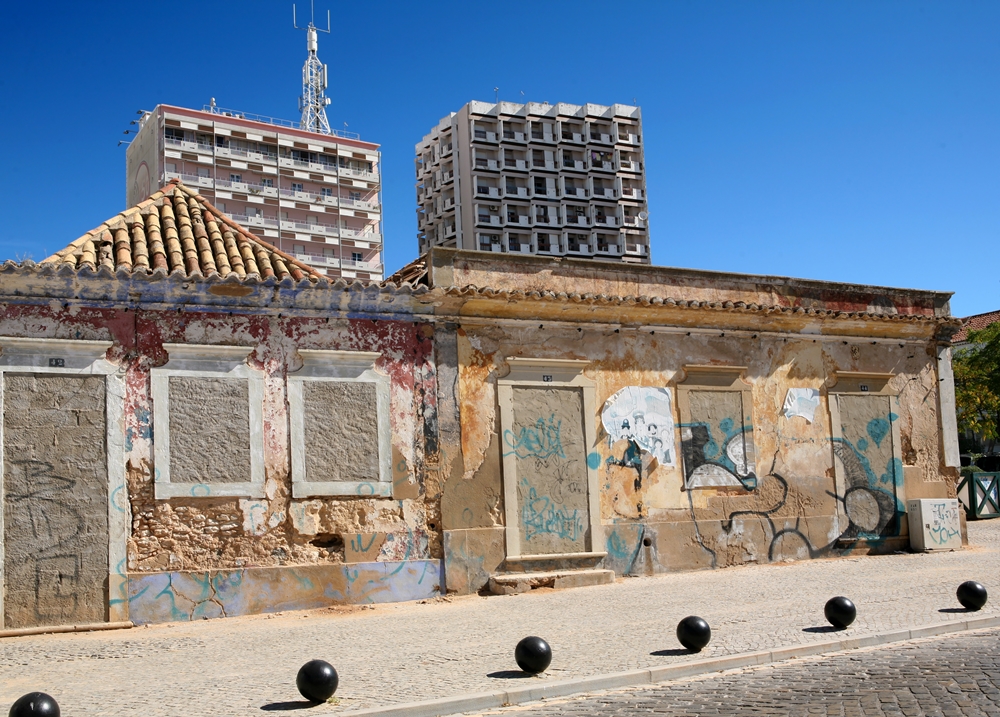
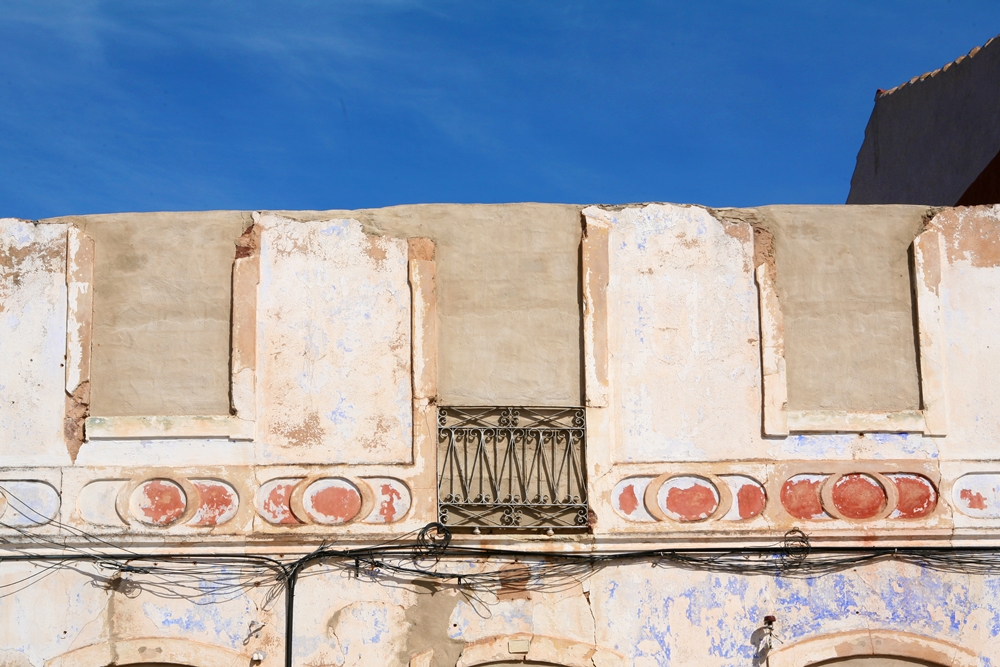
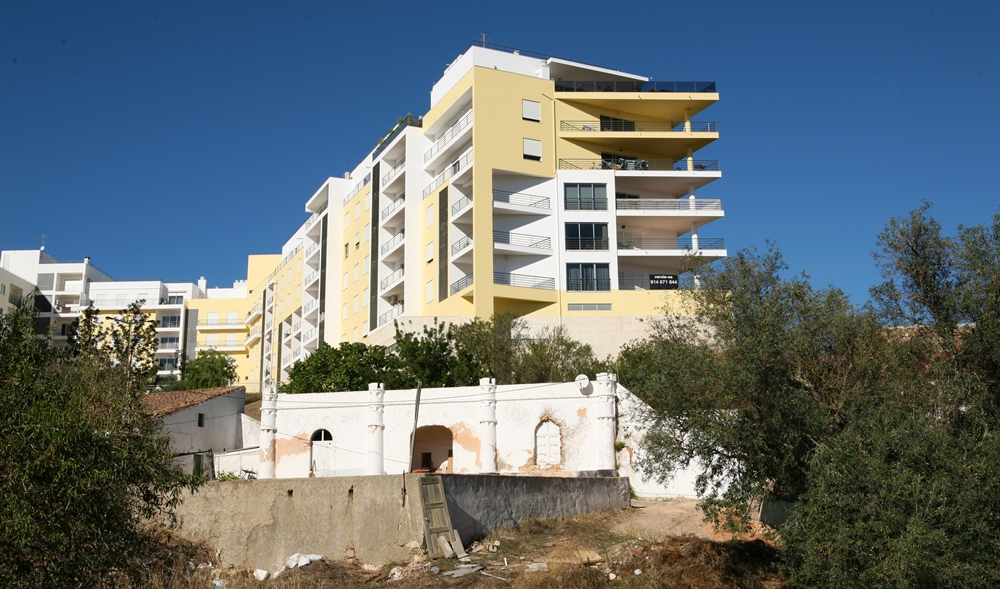
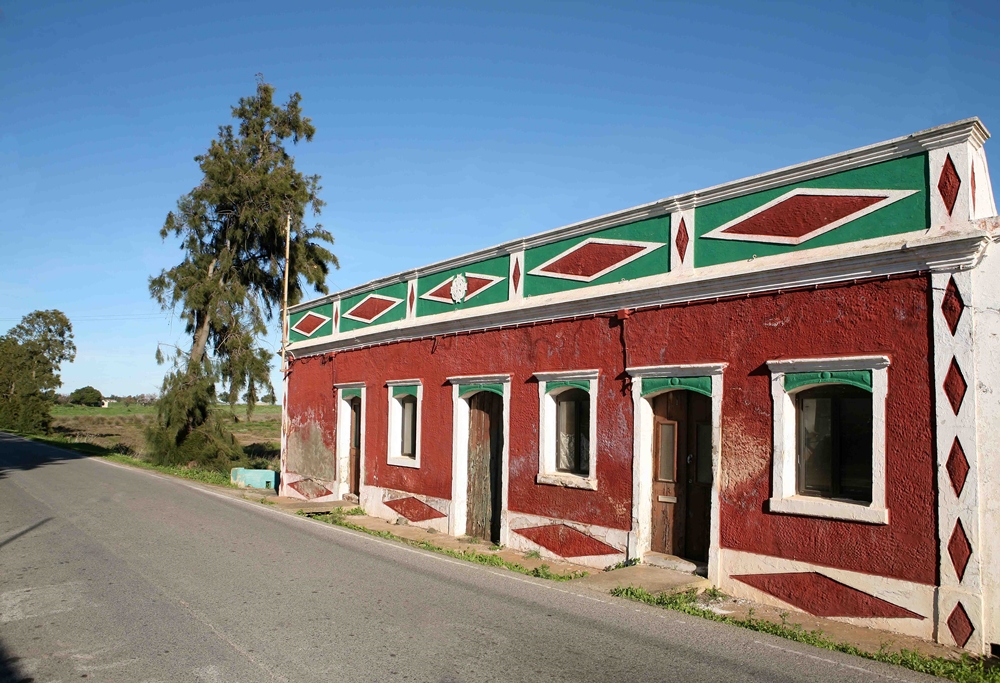
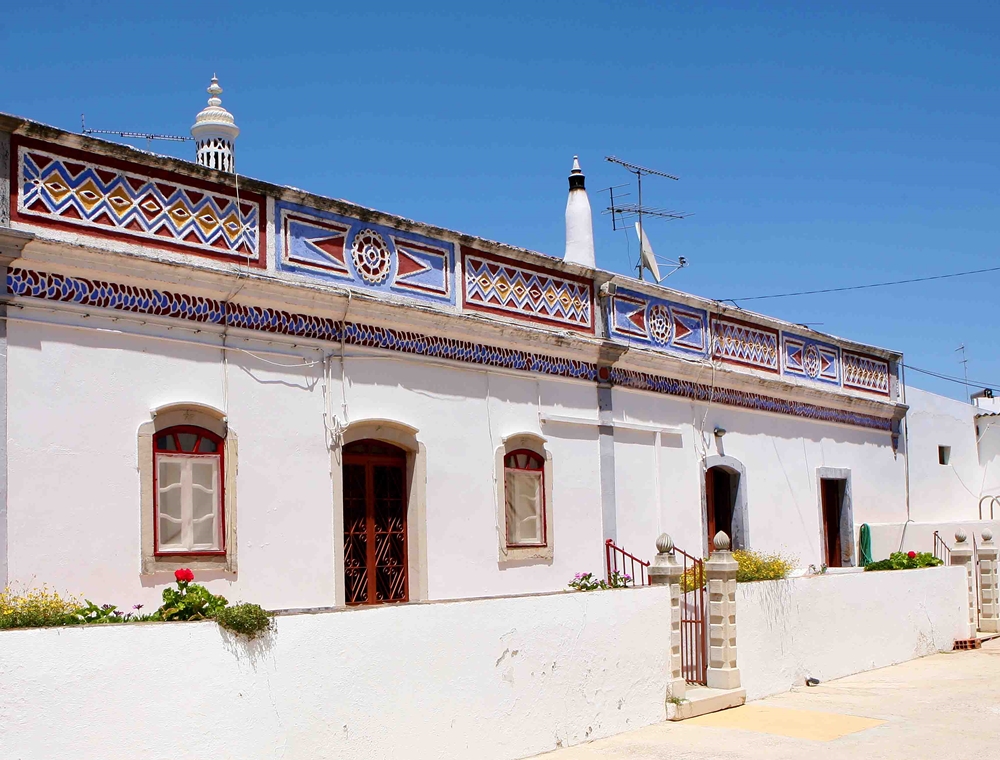





















Comments